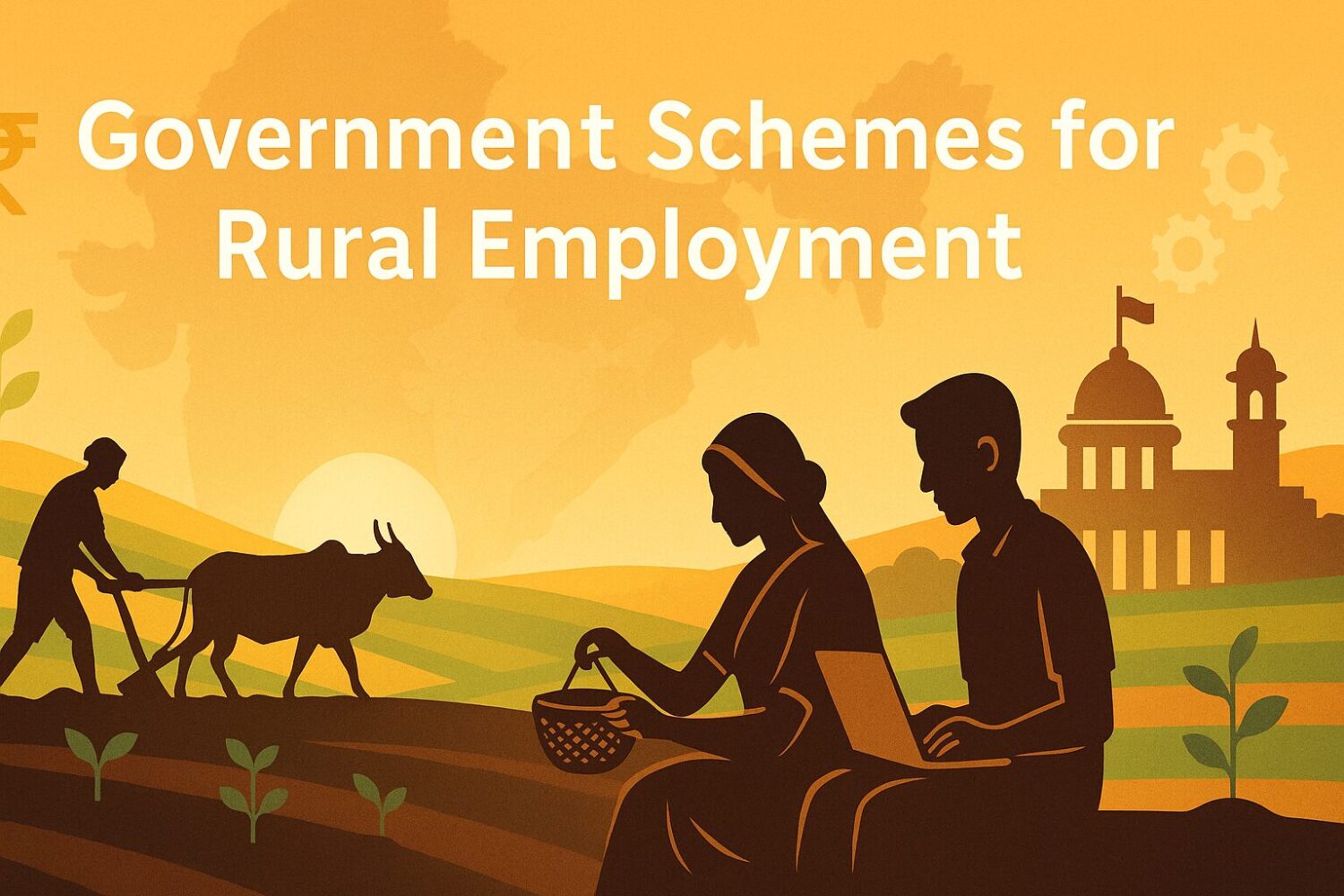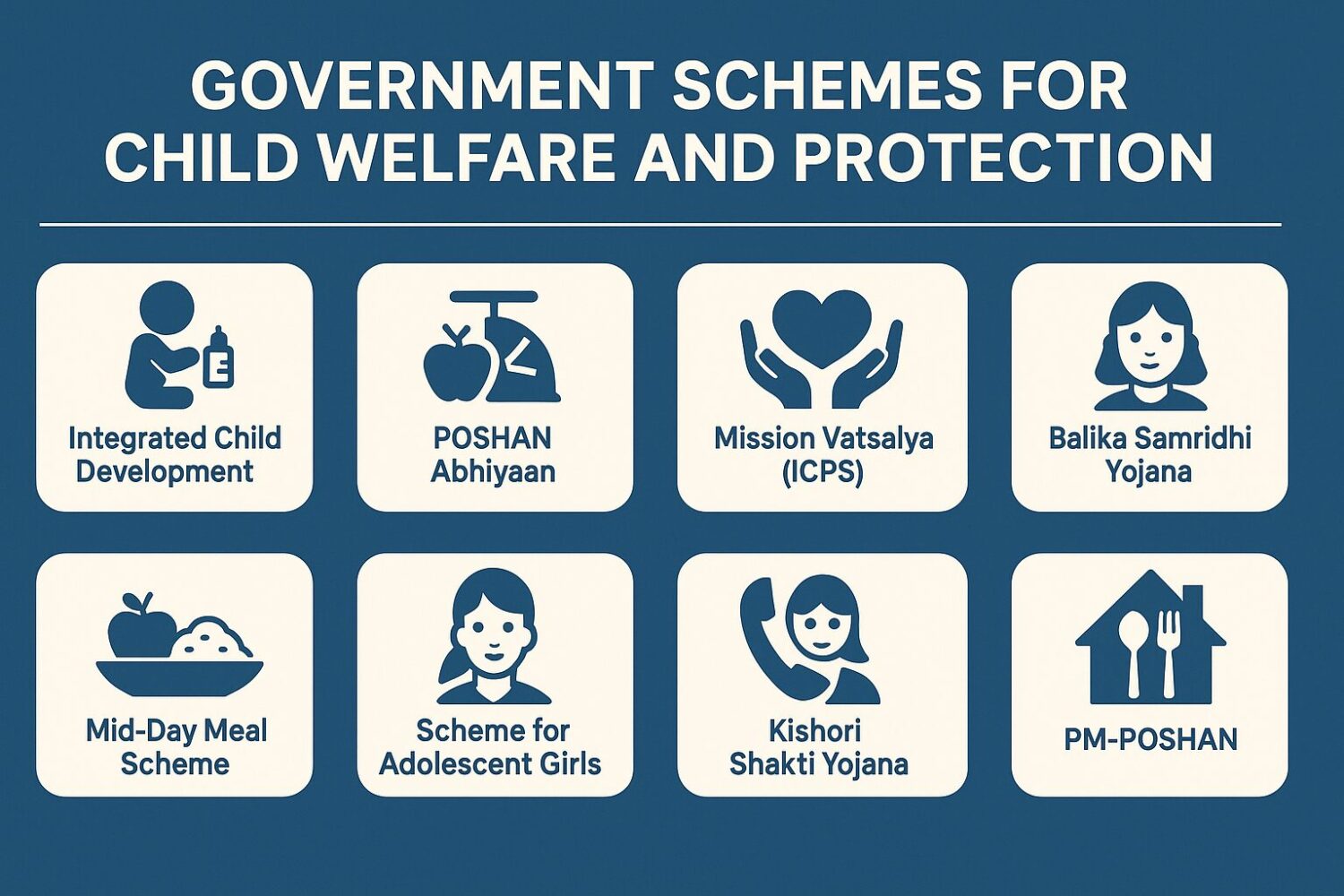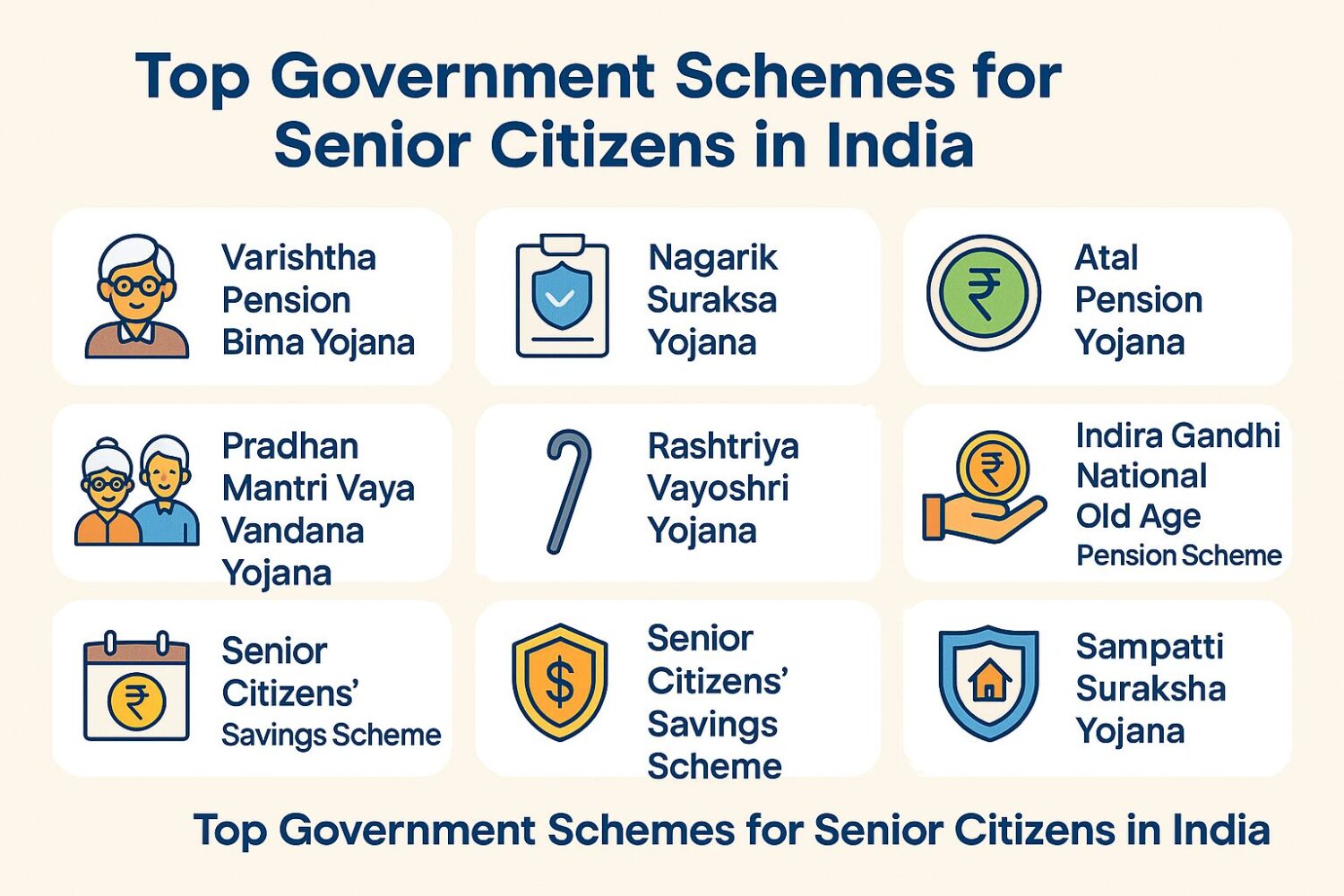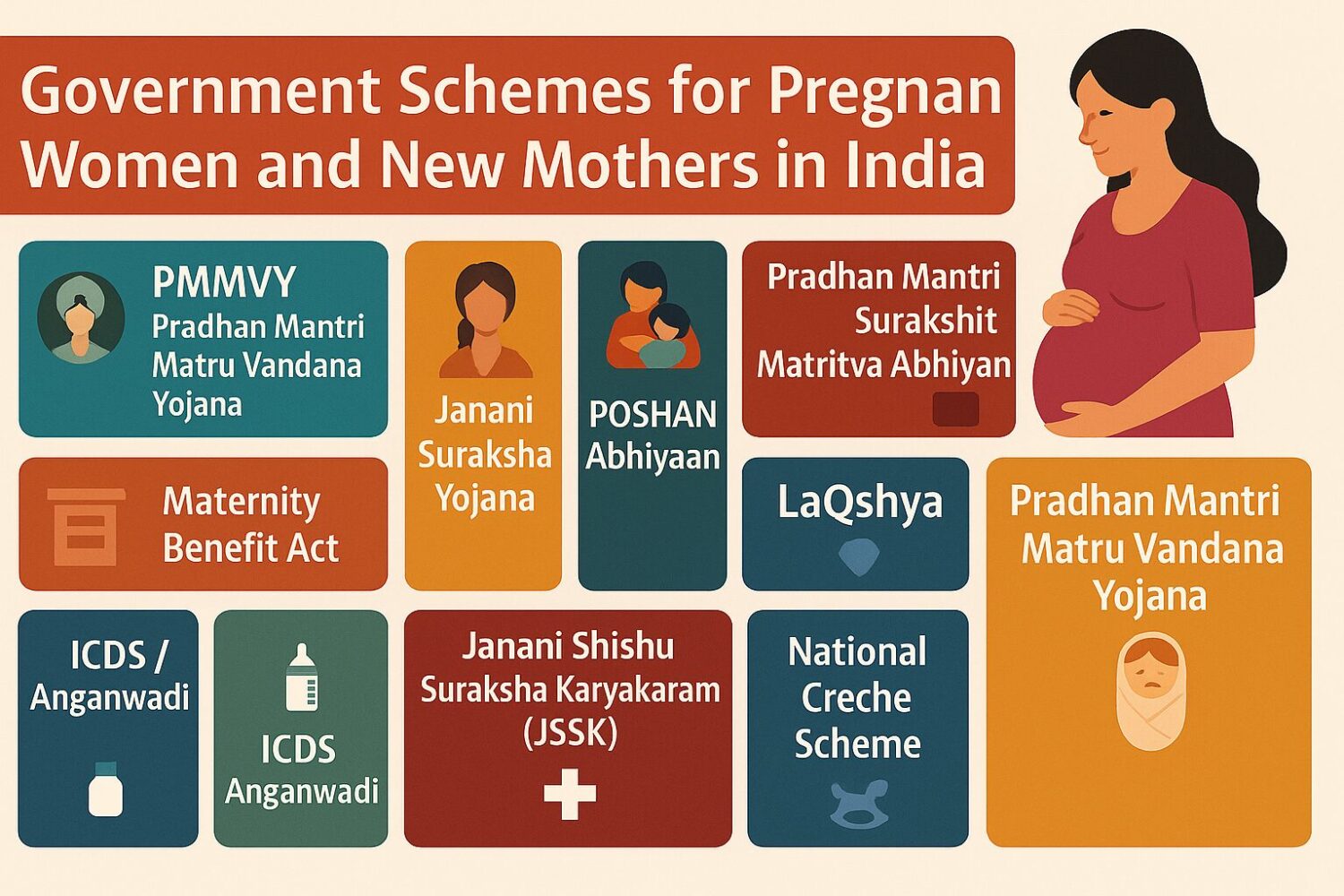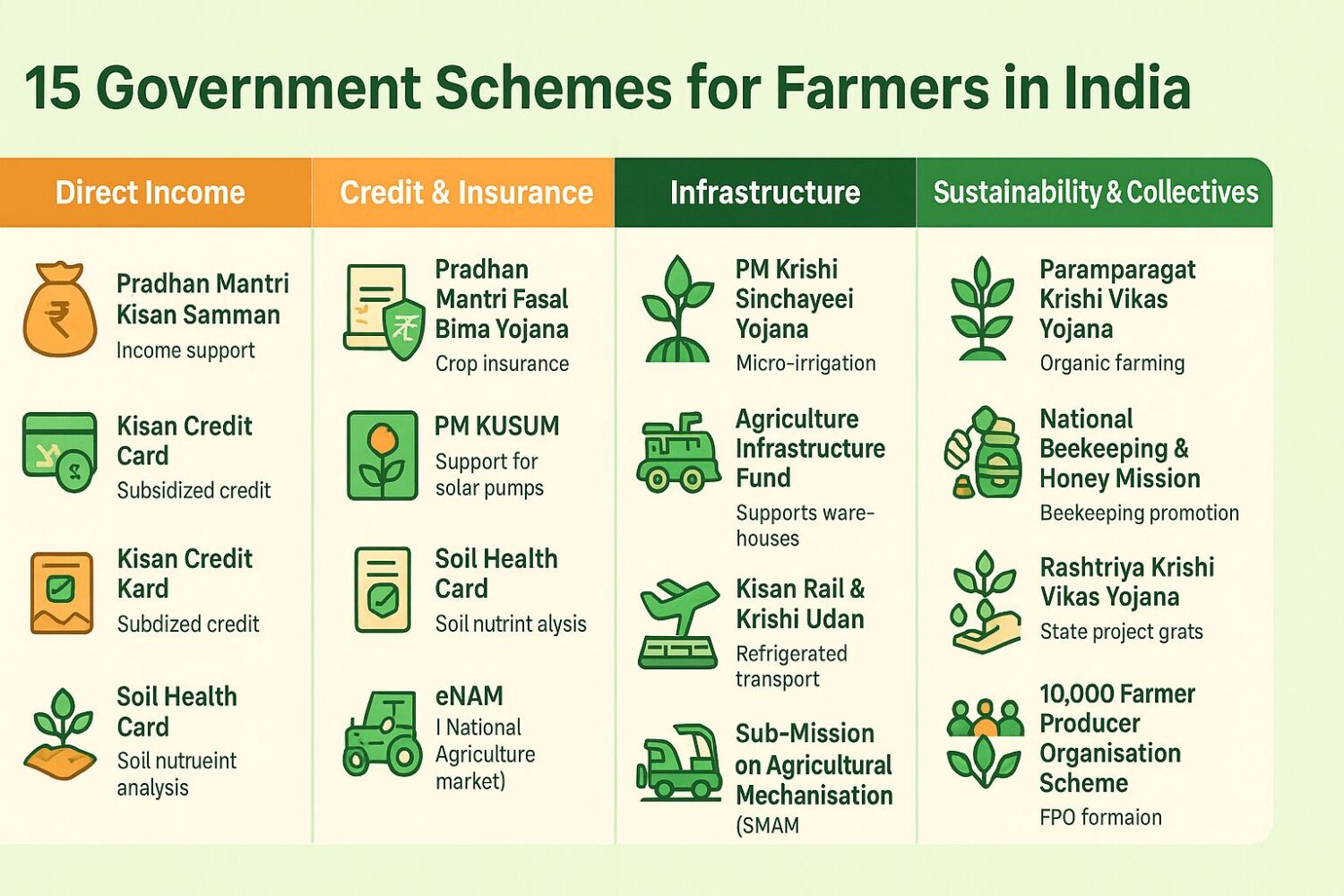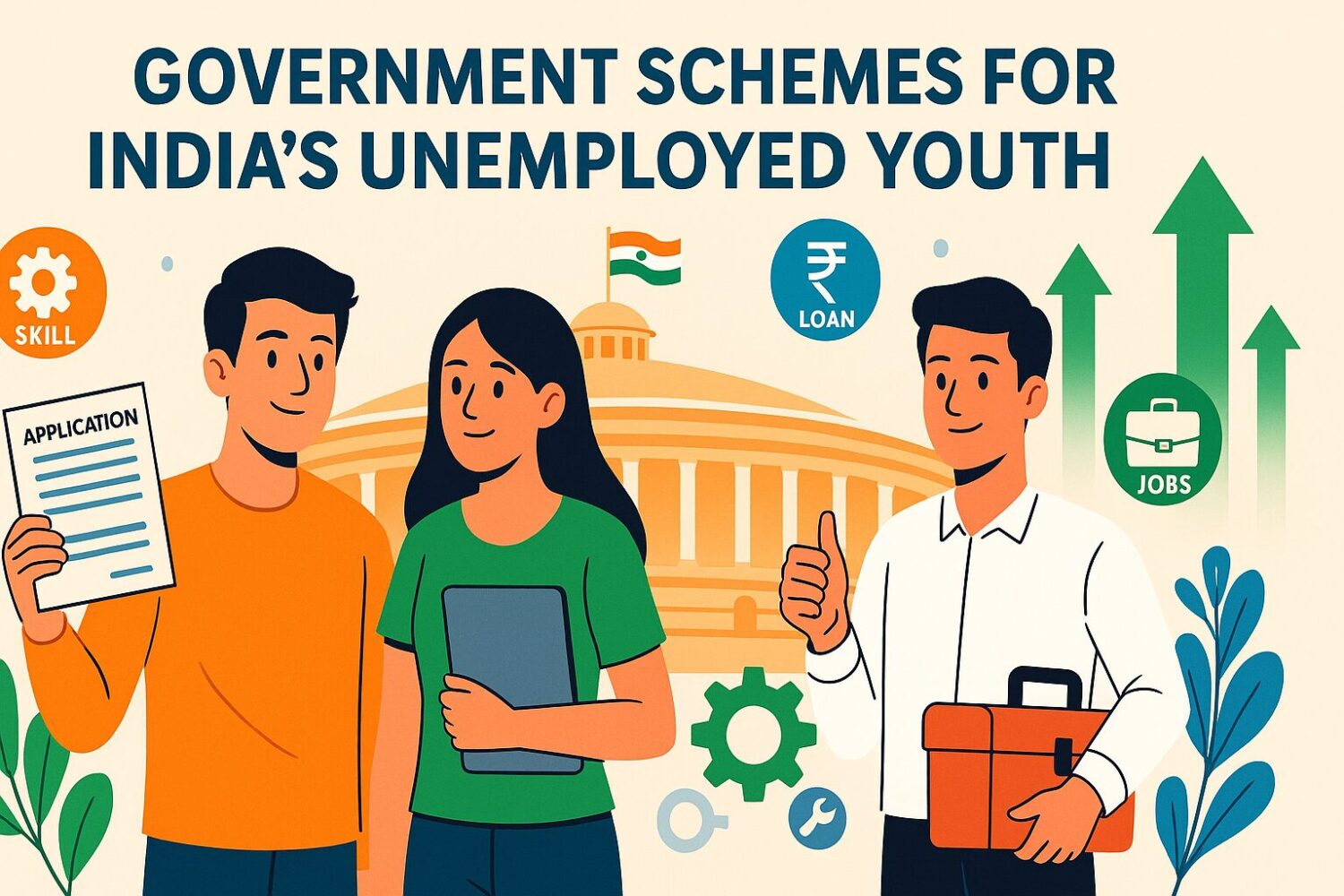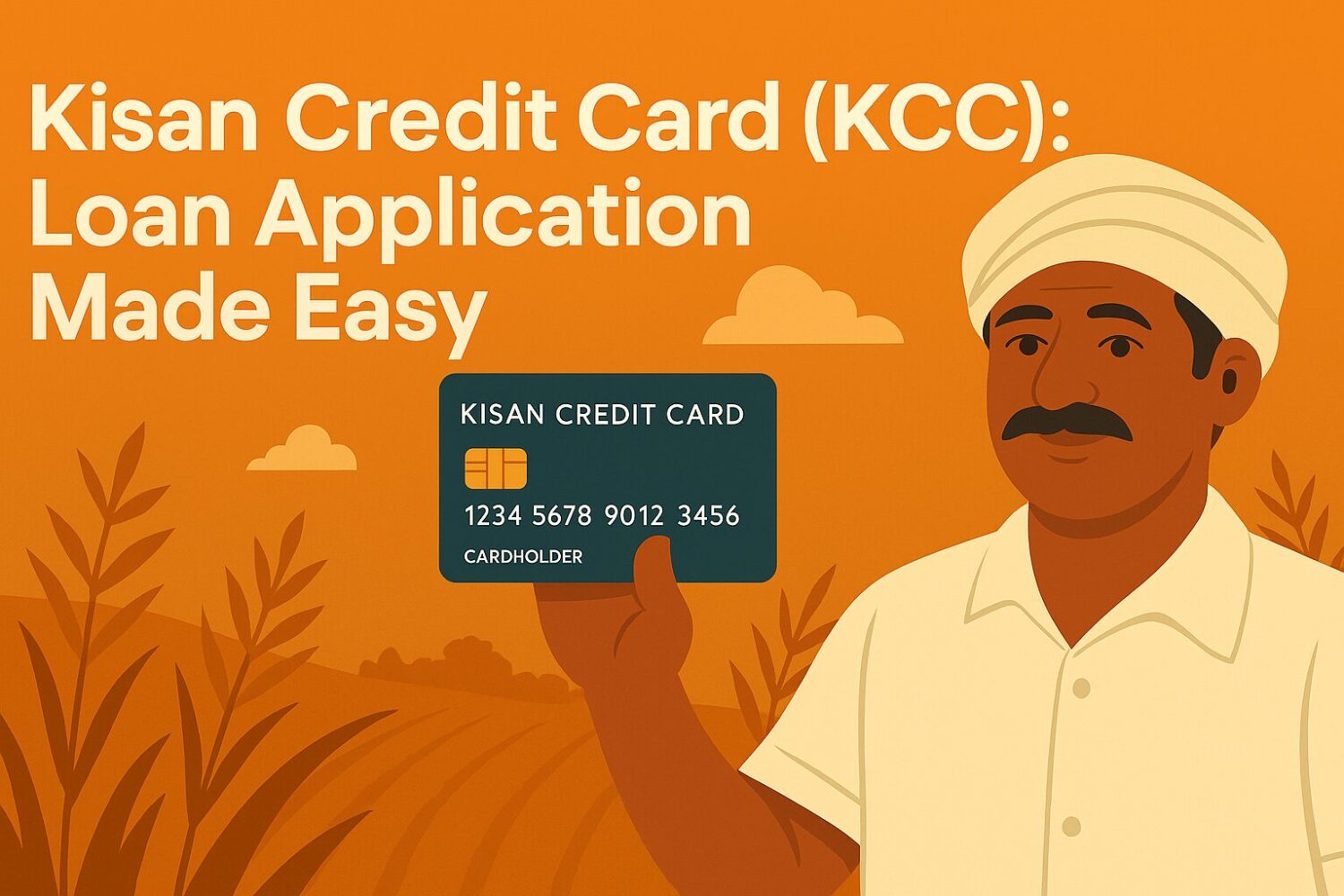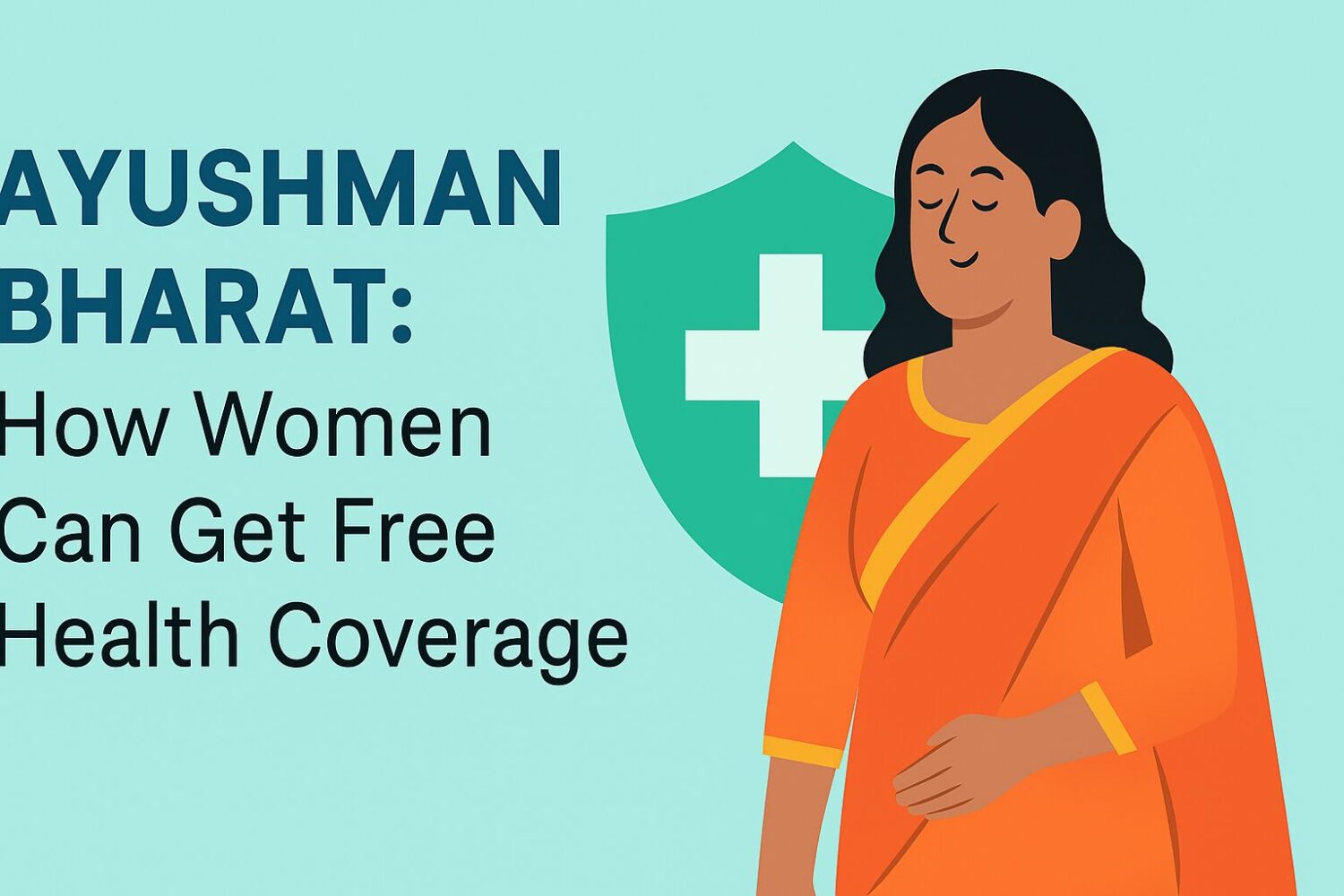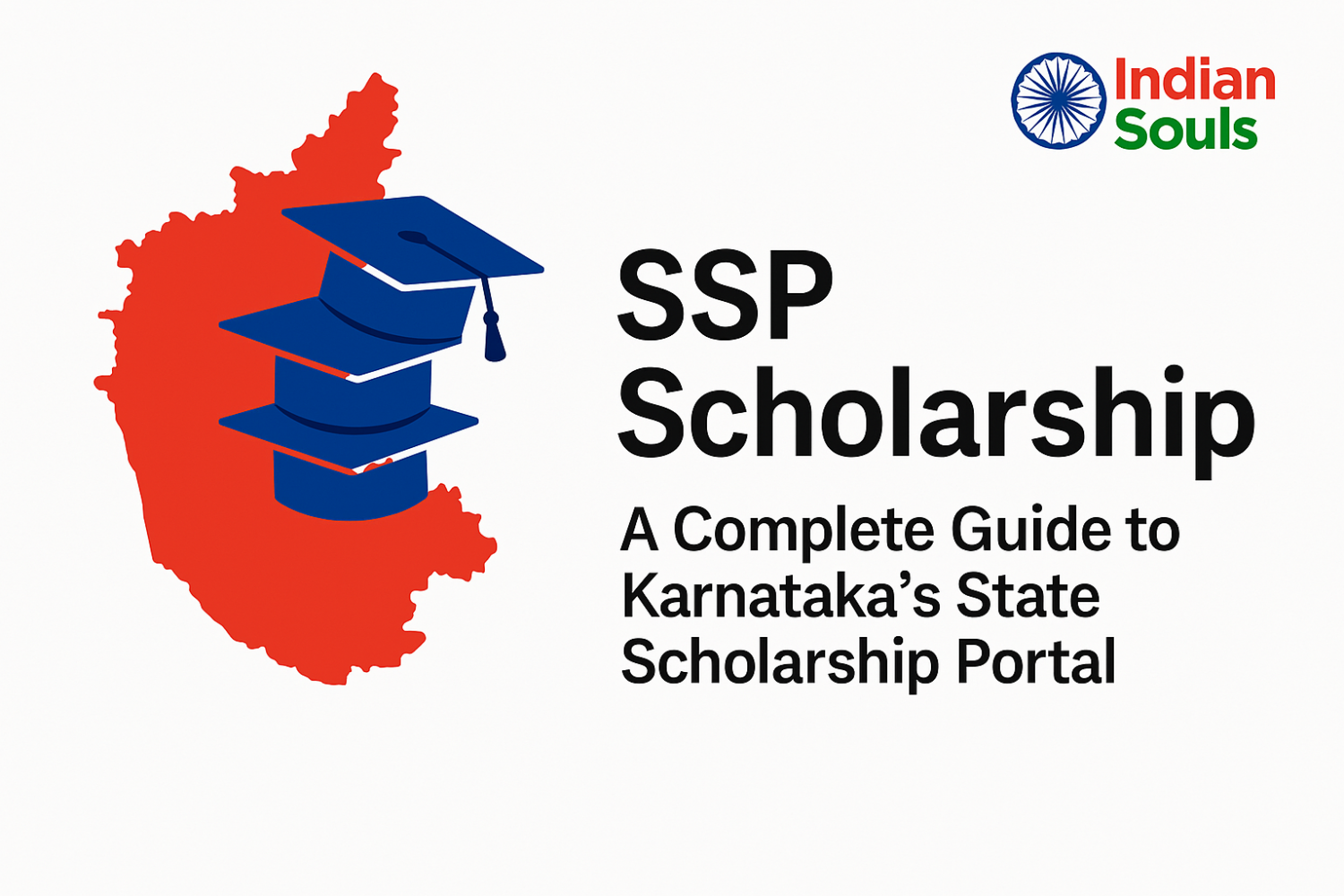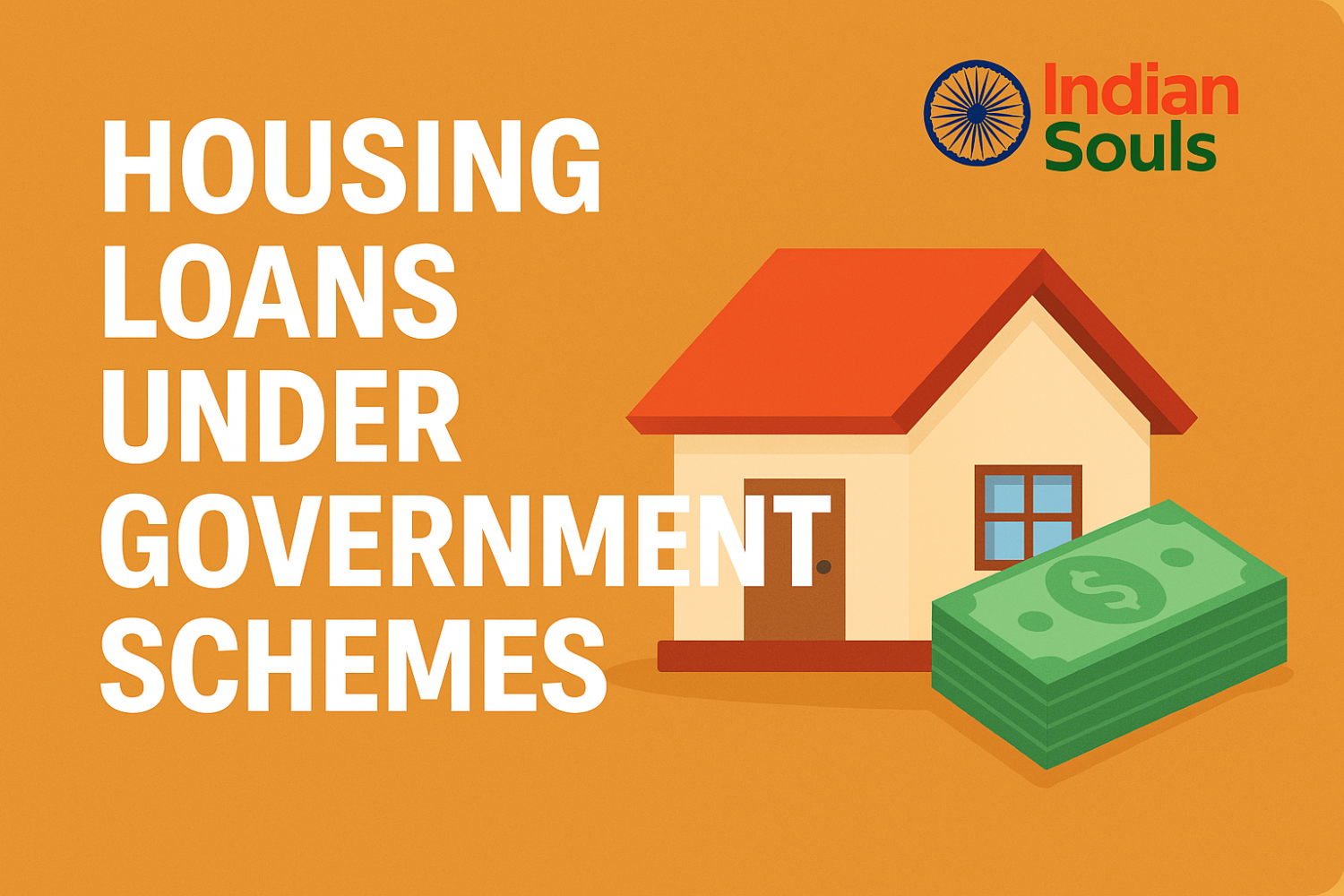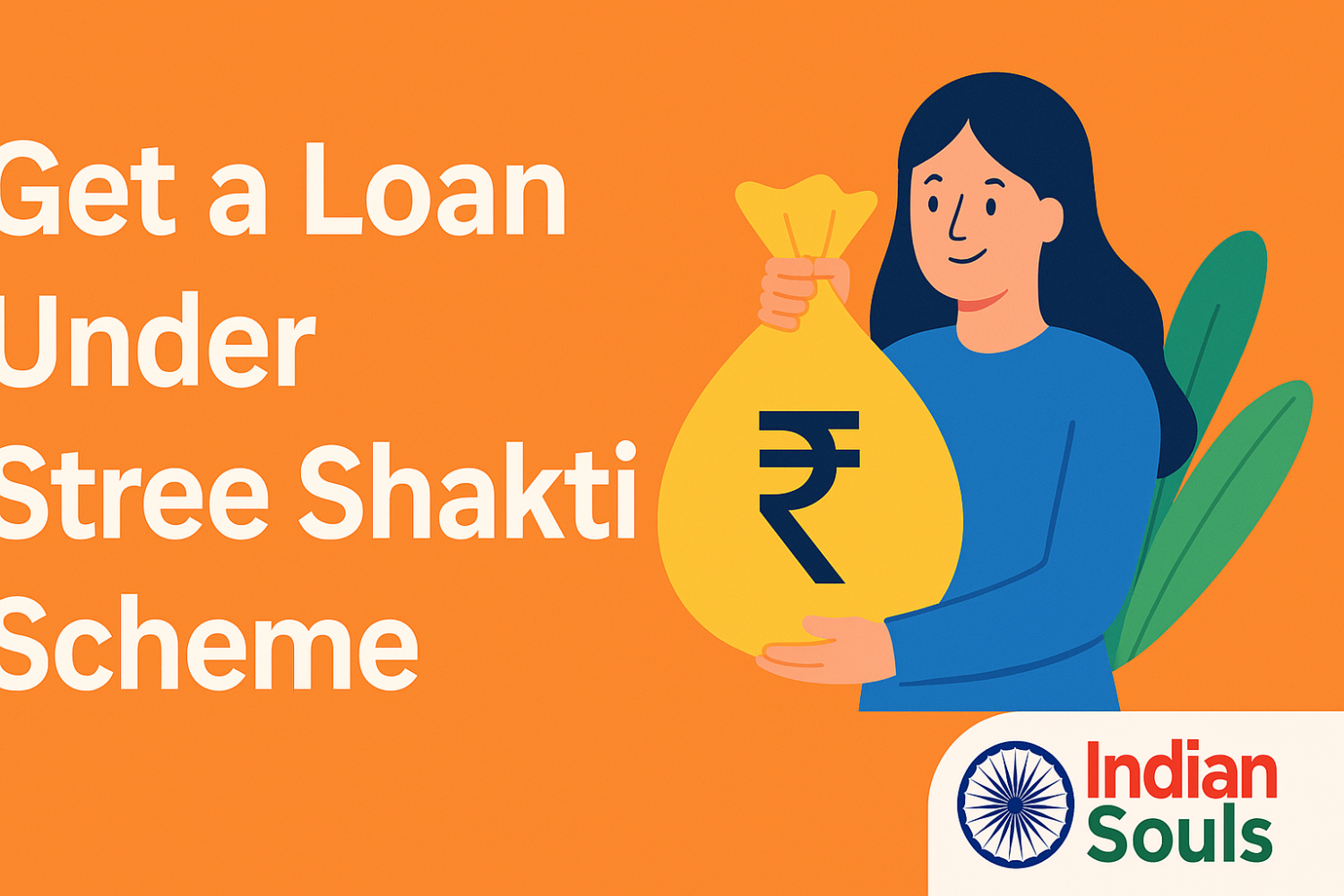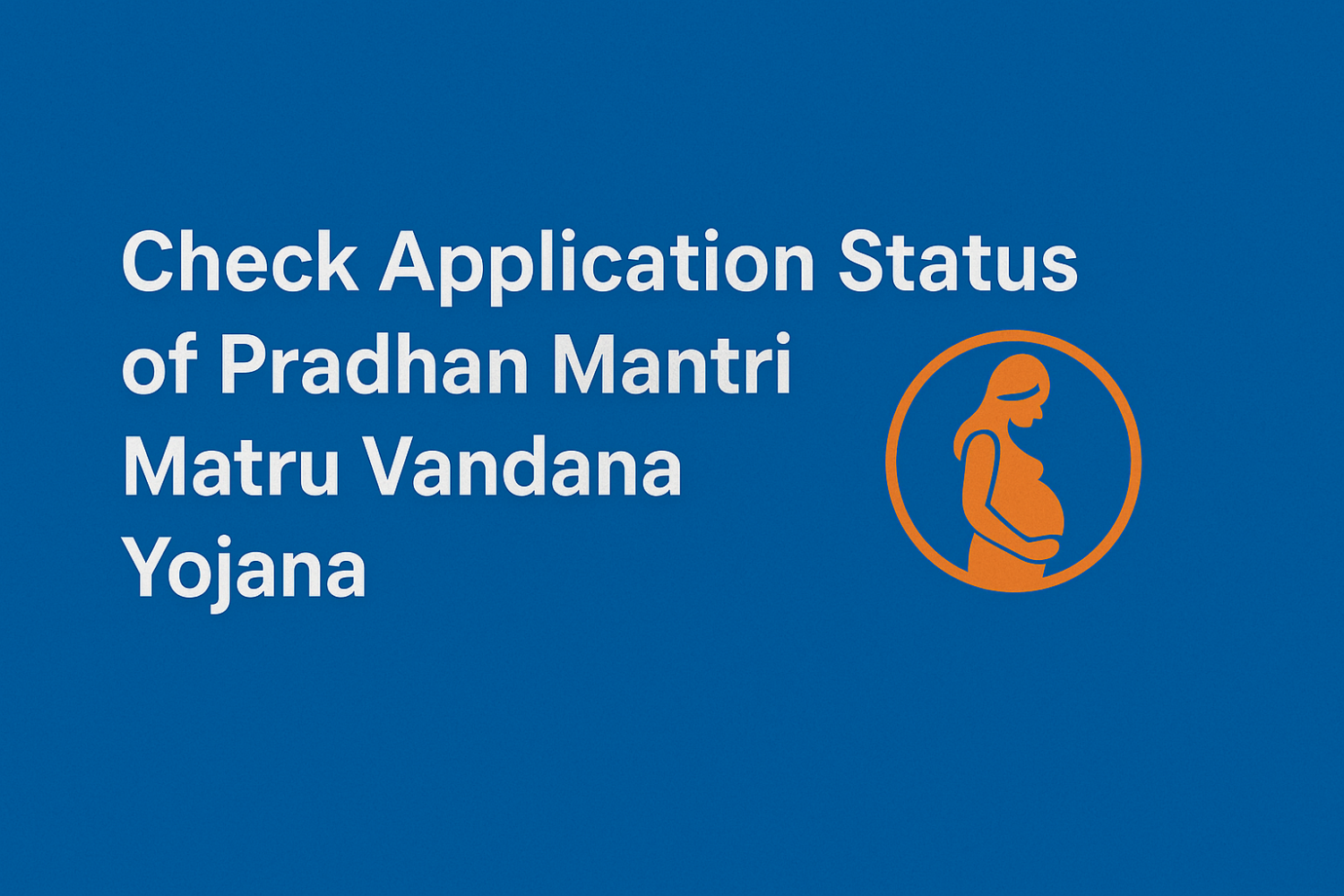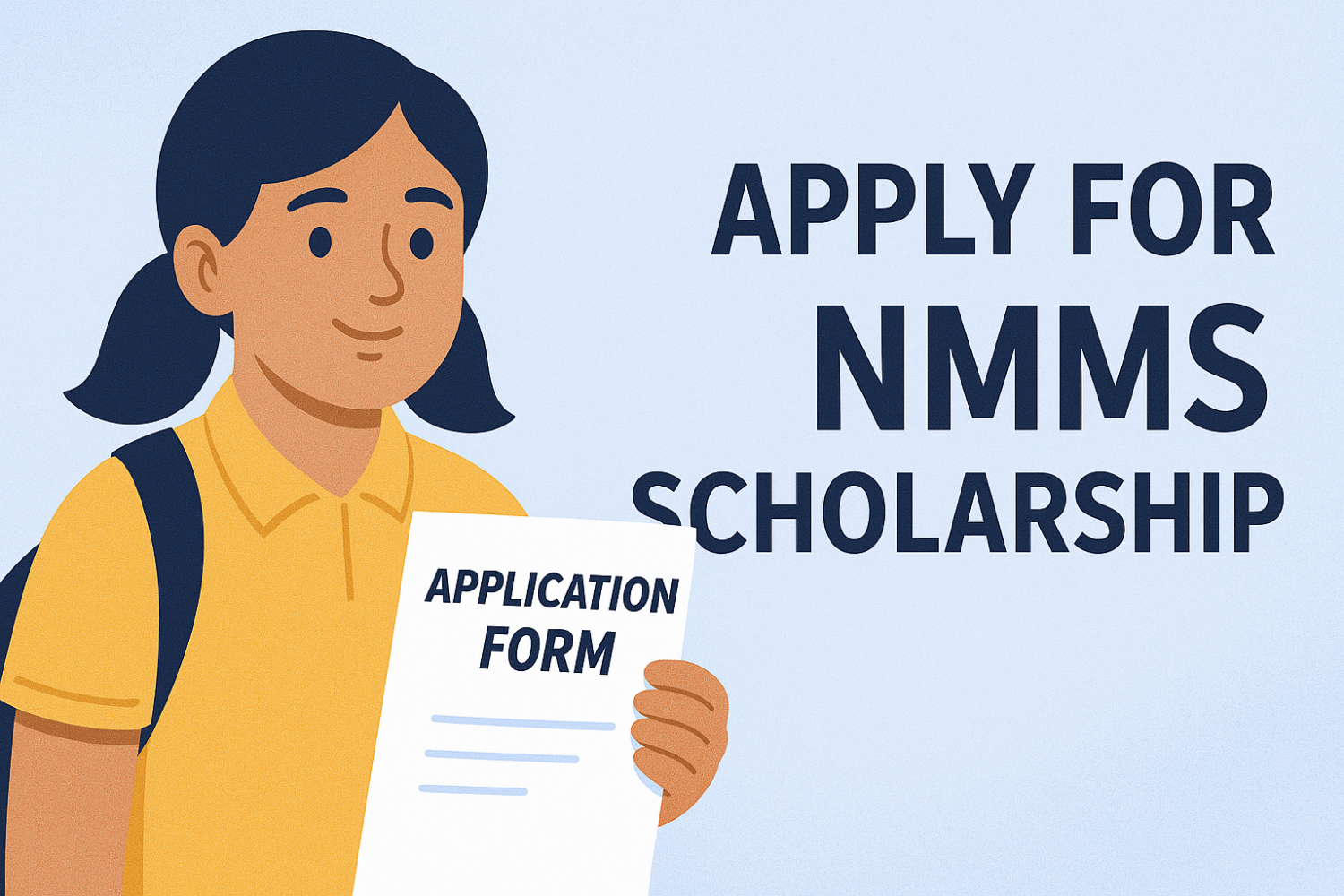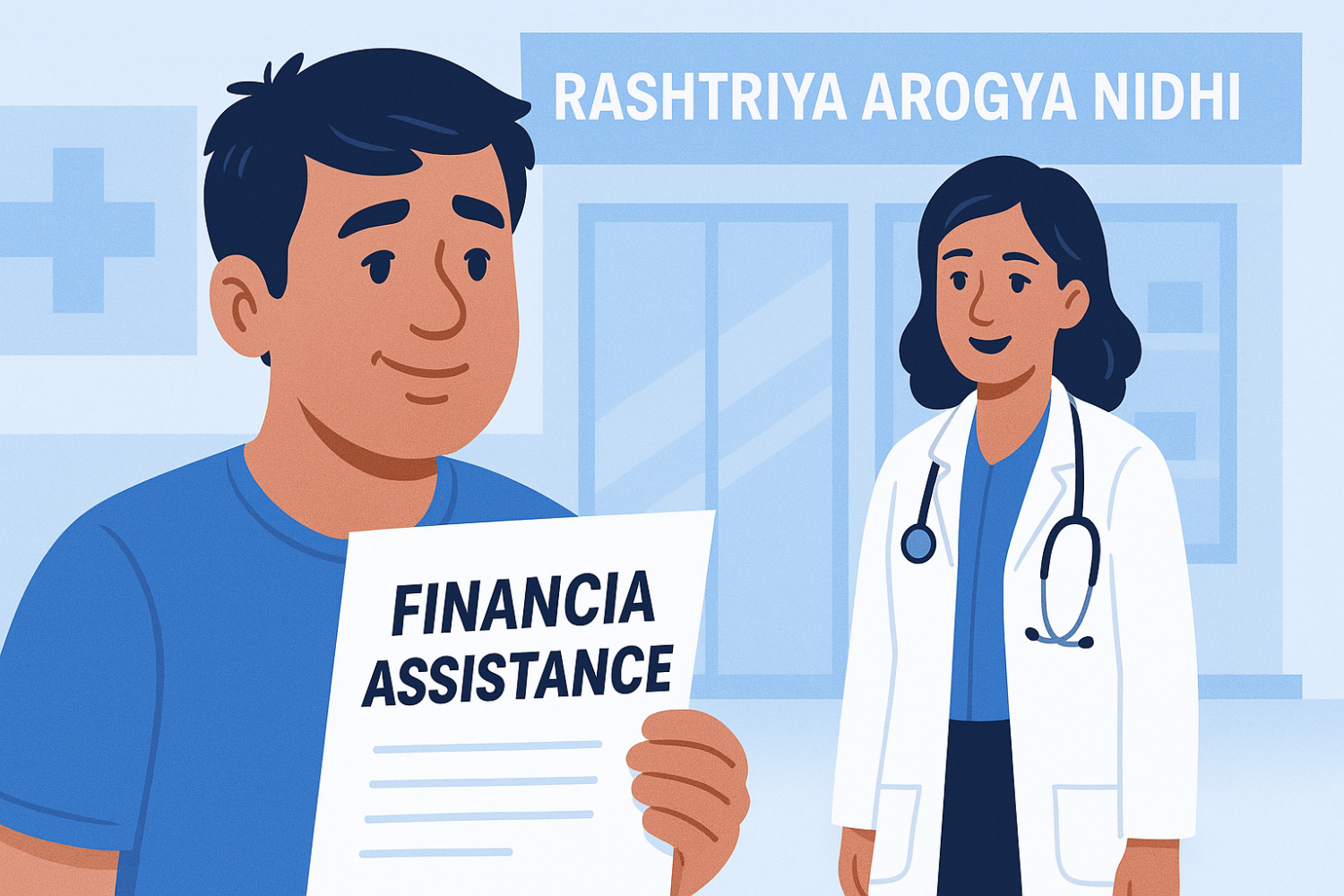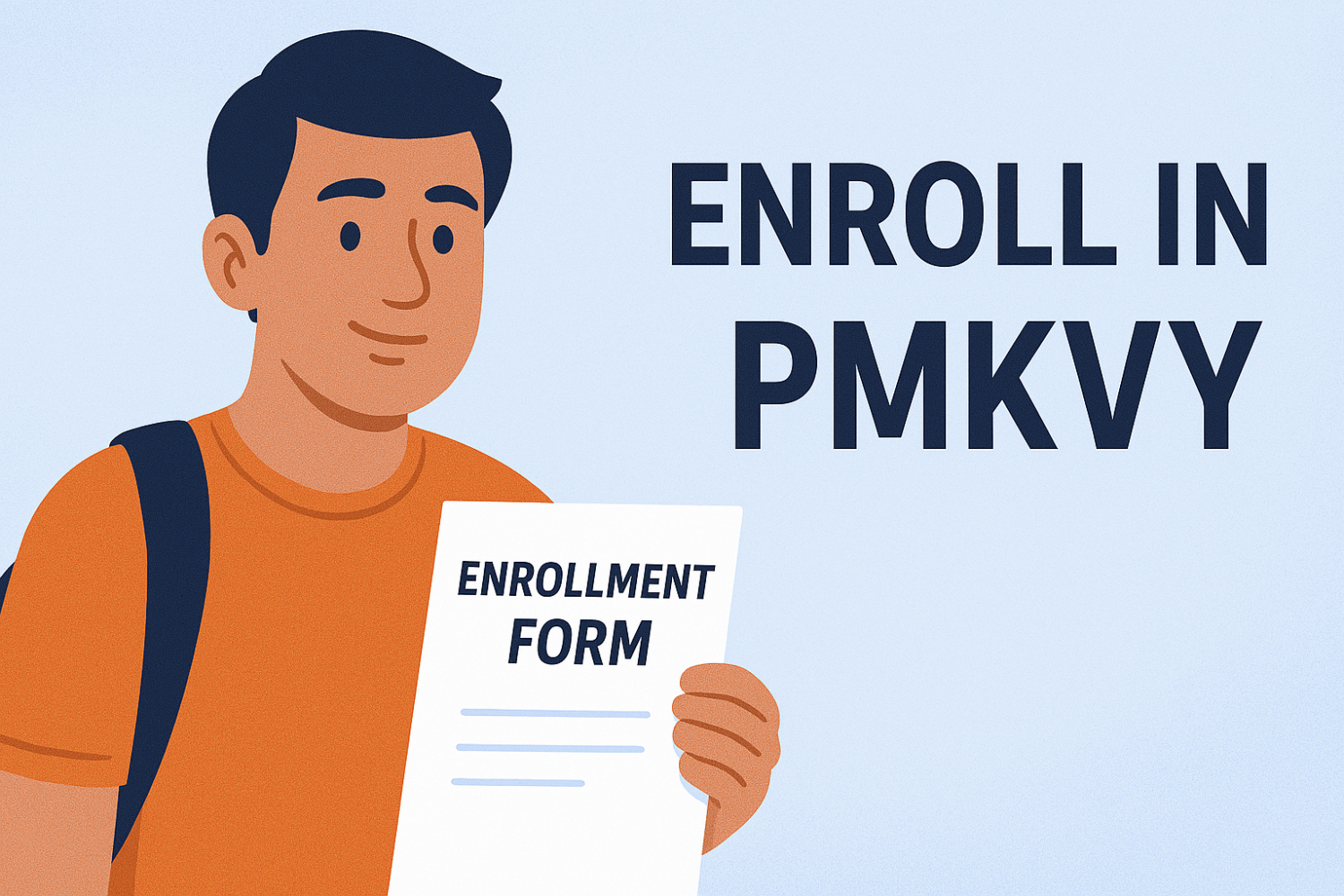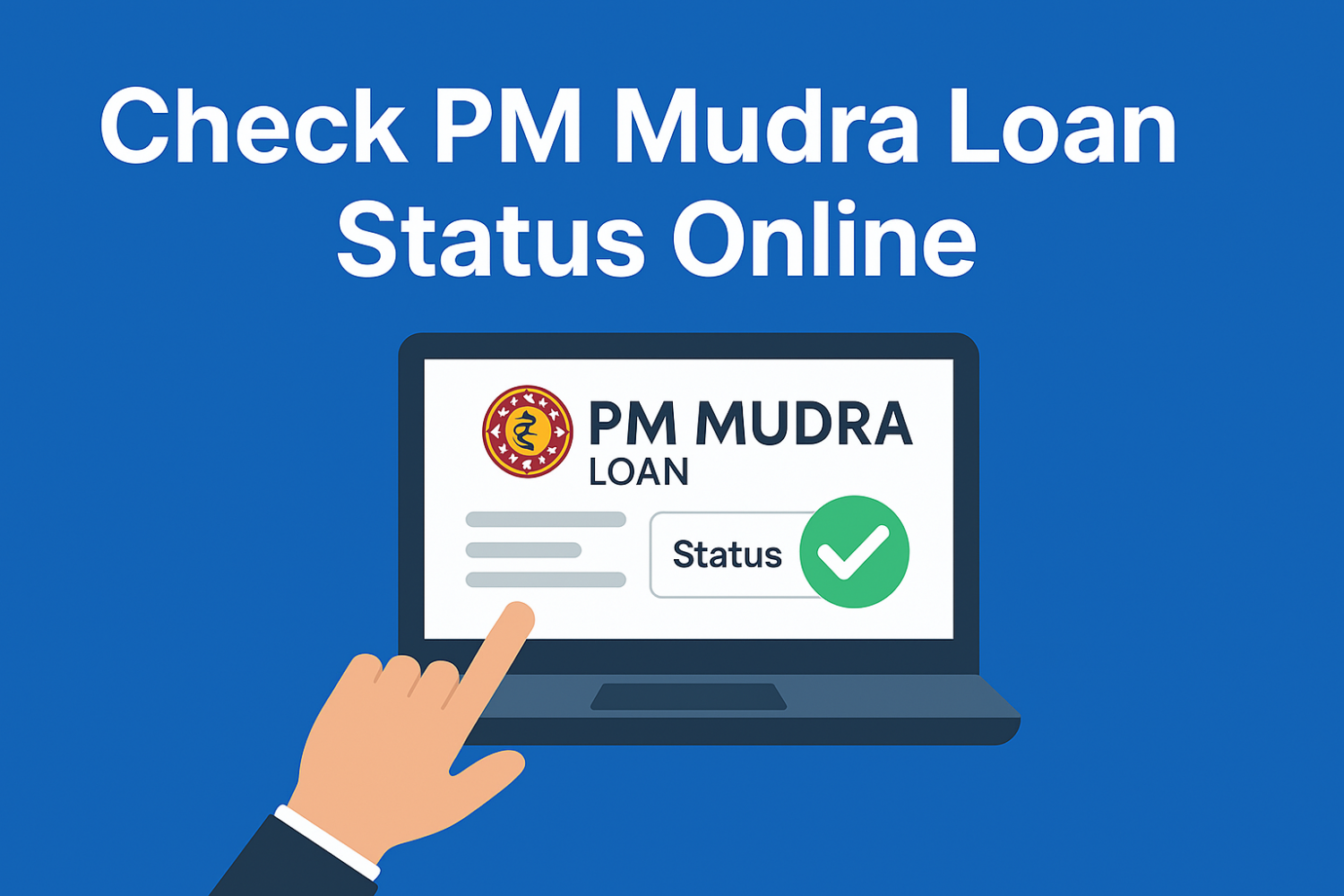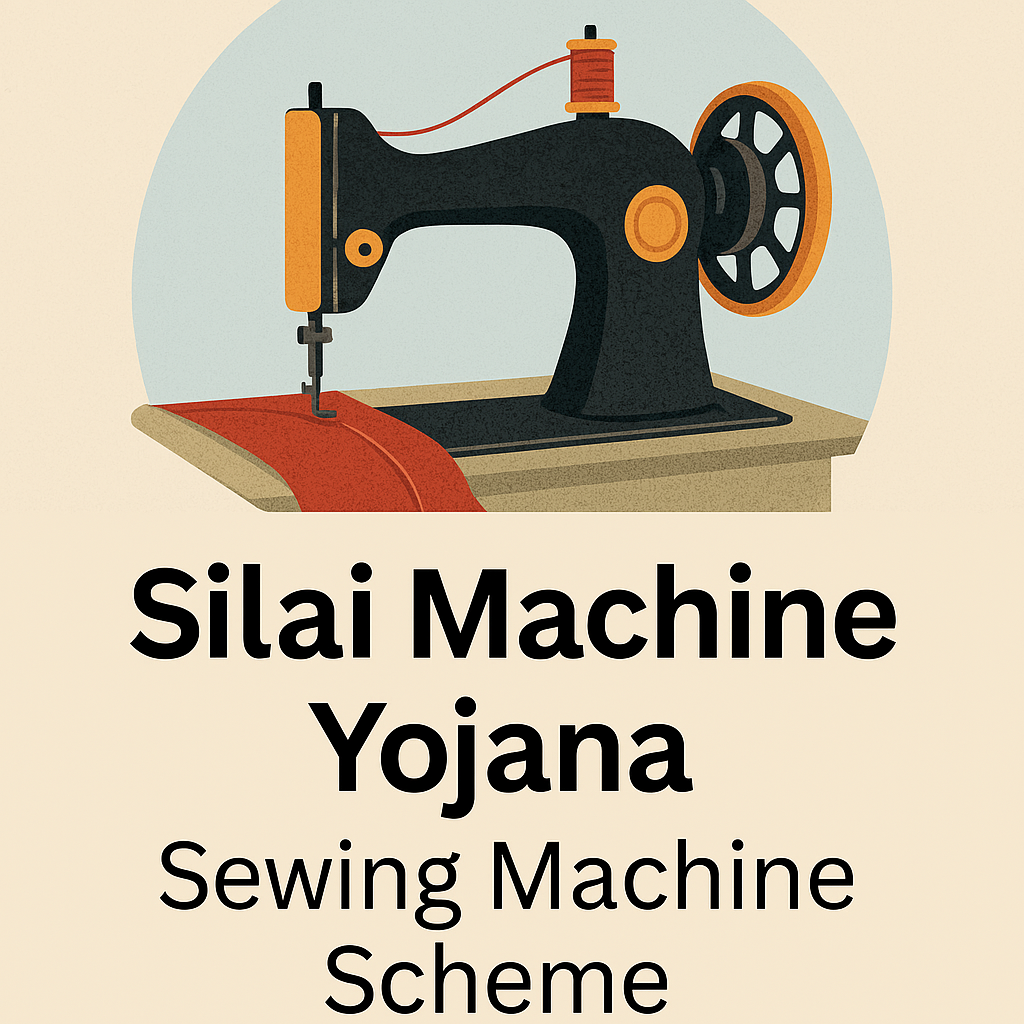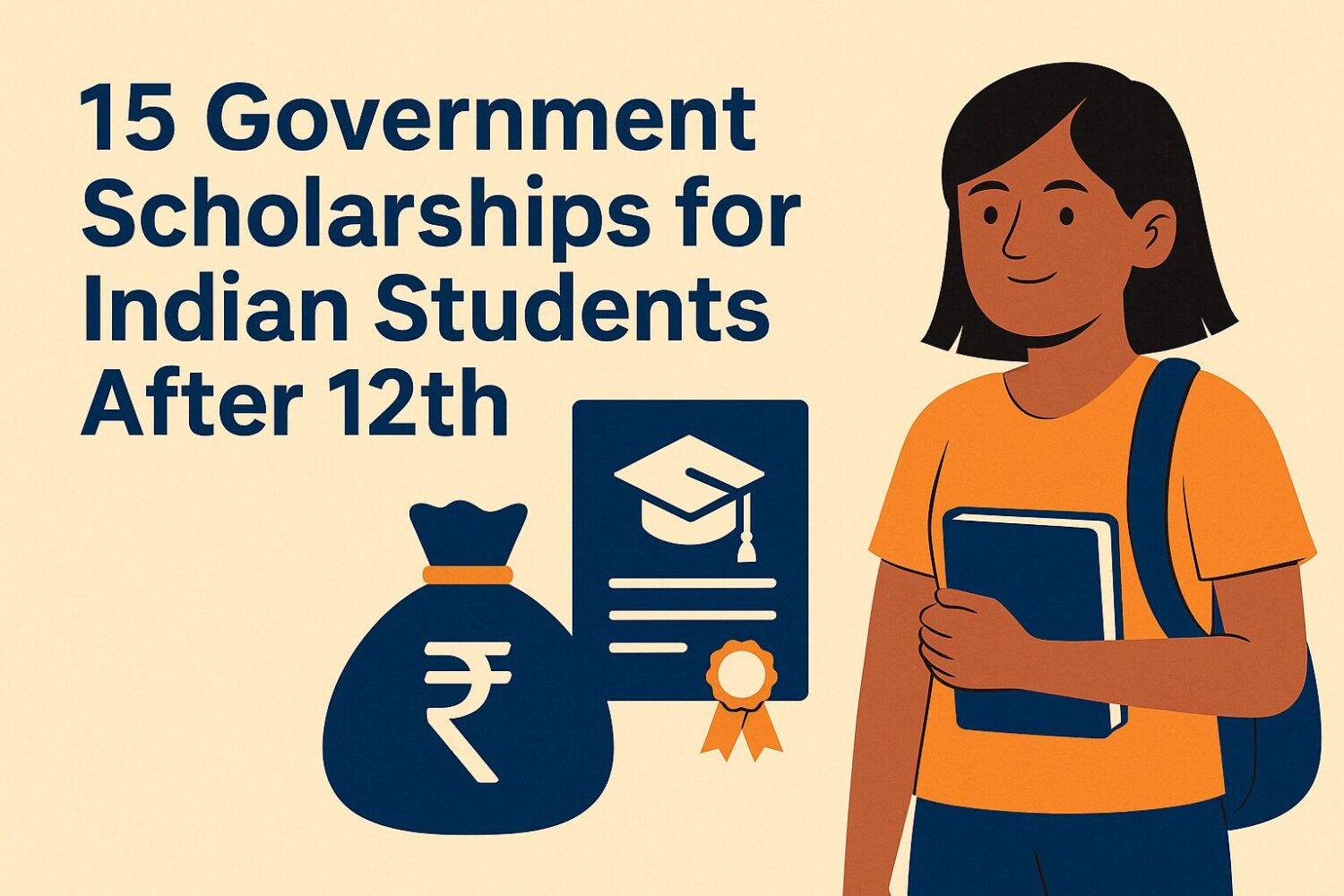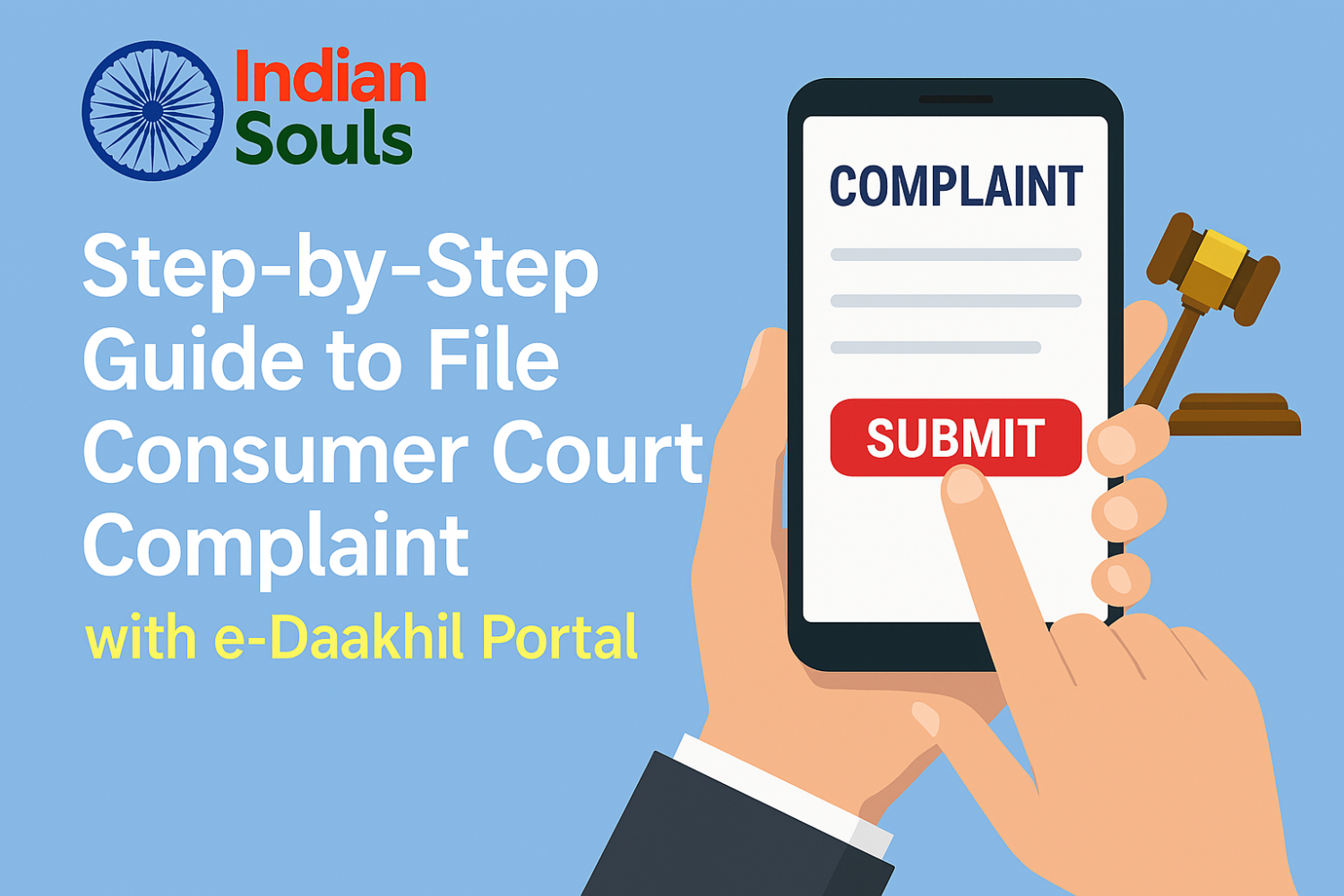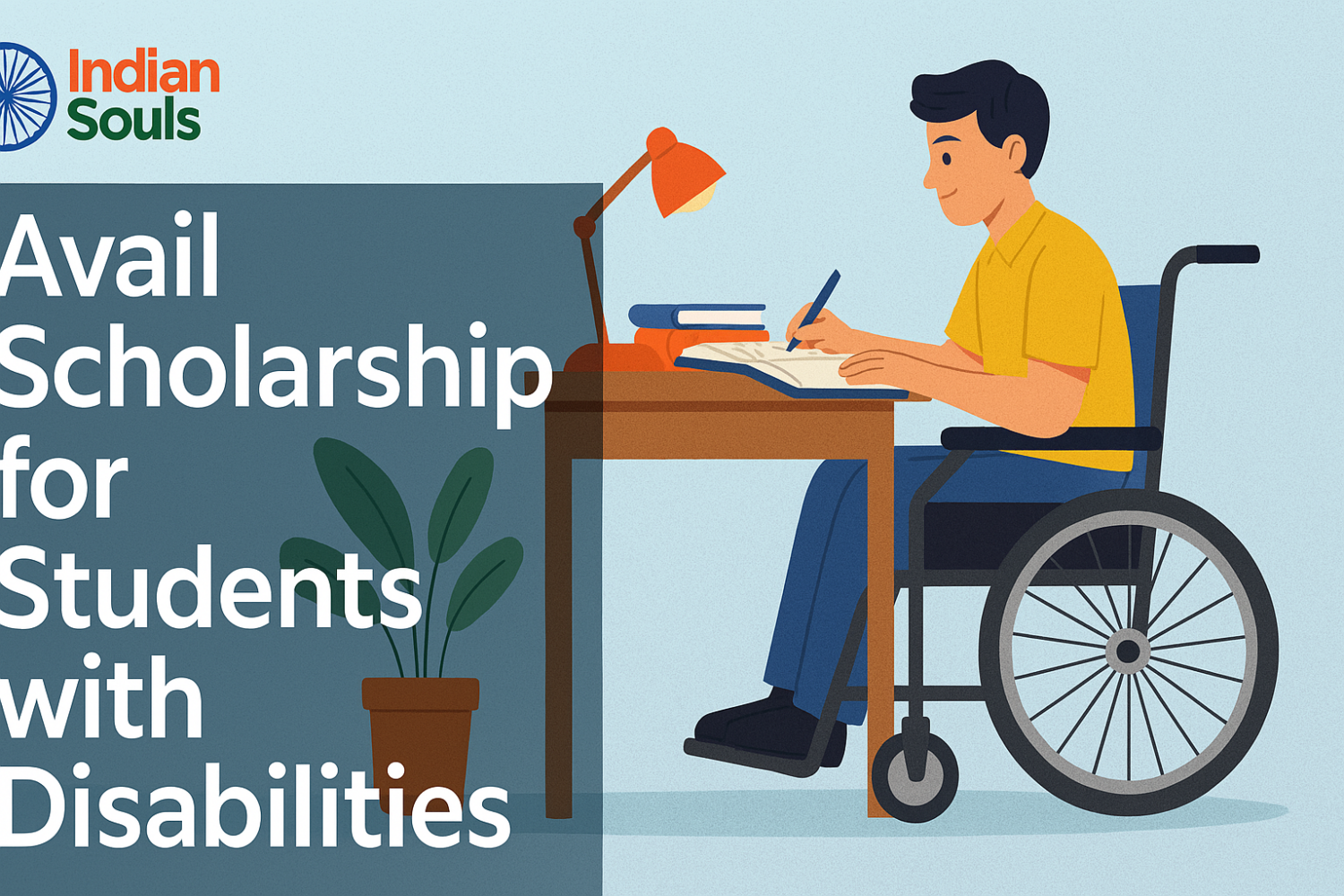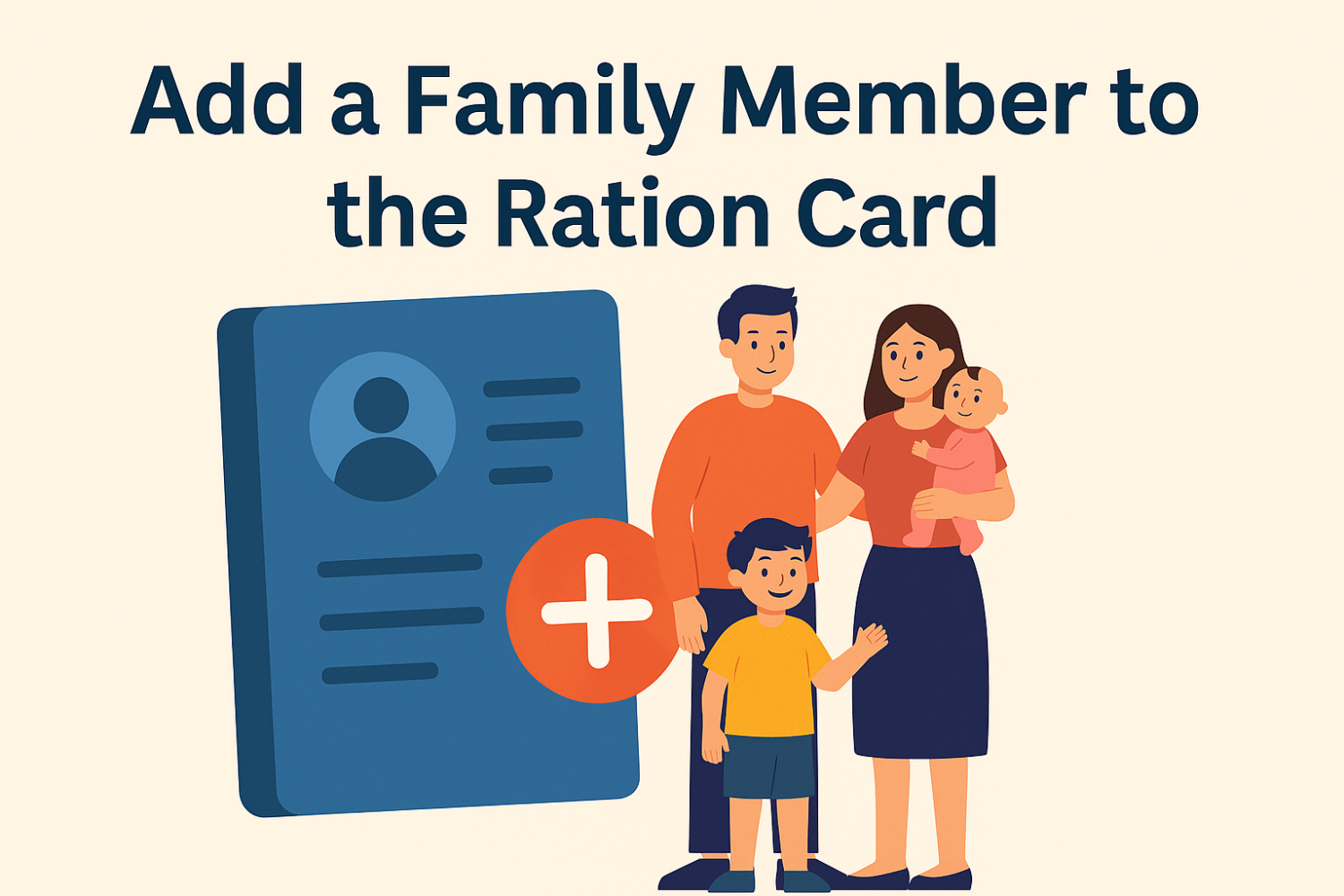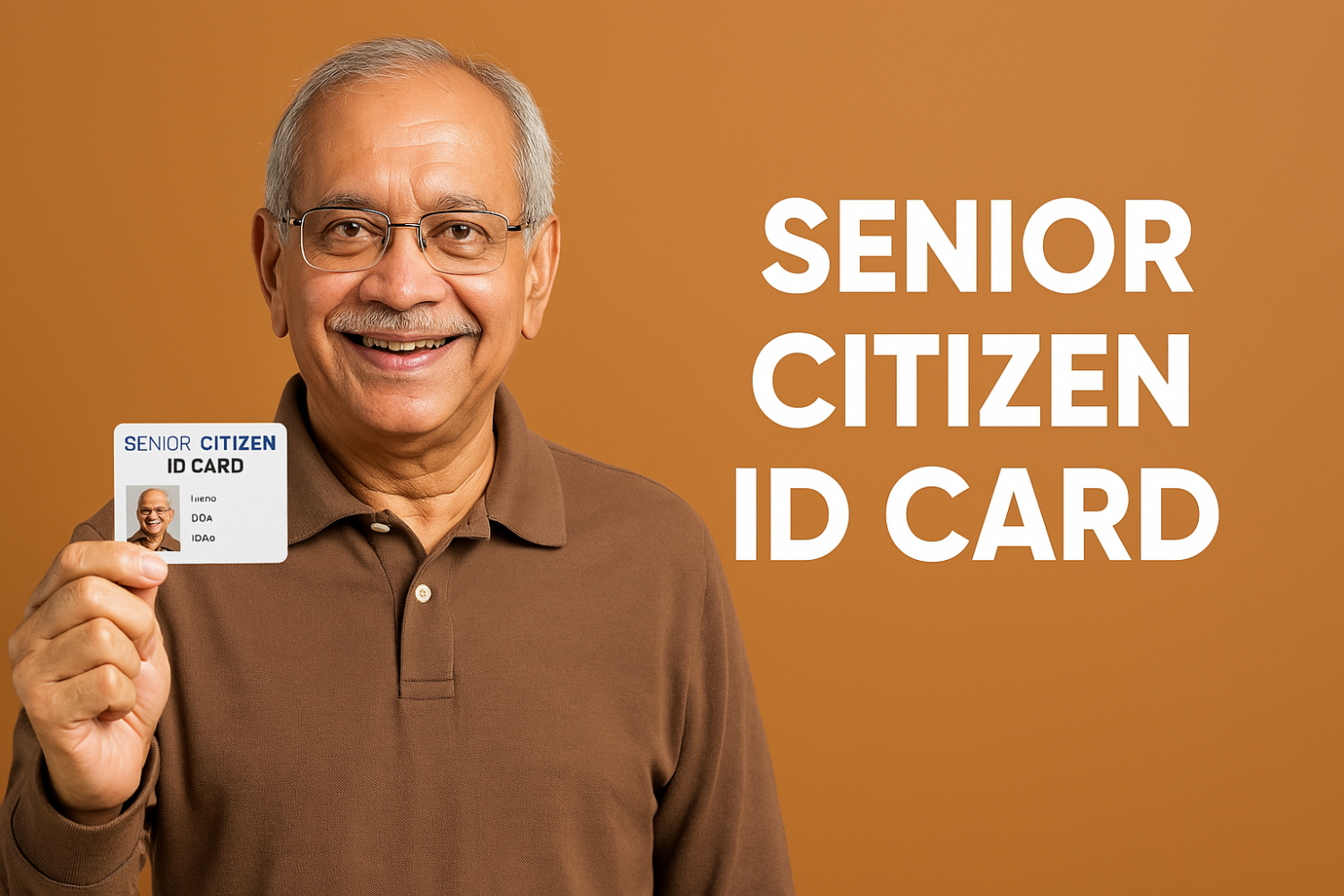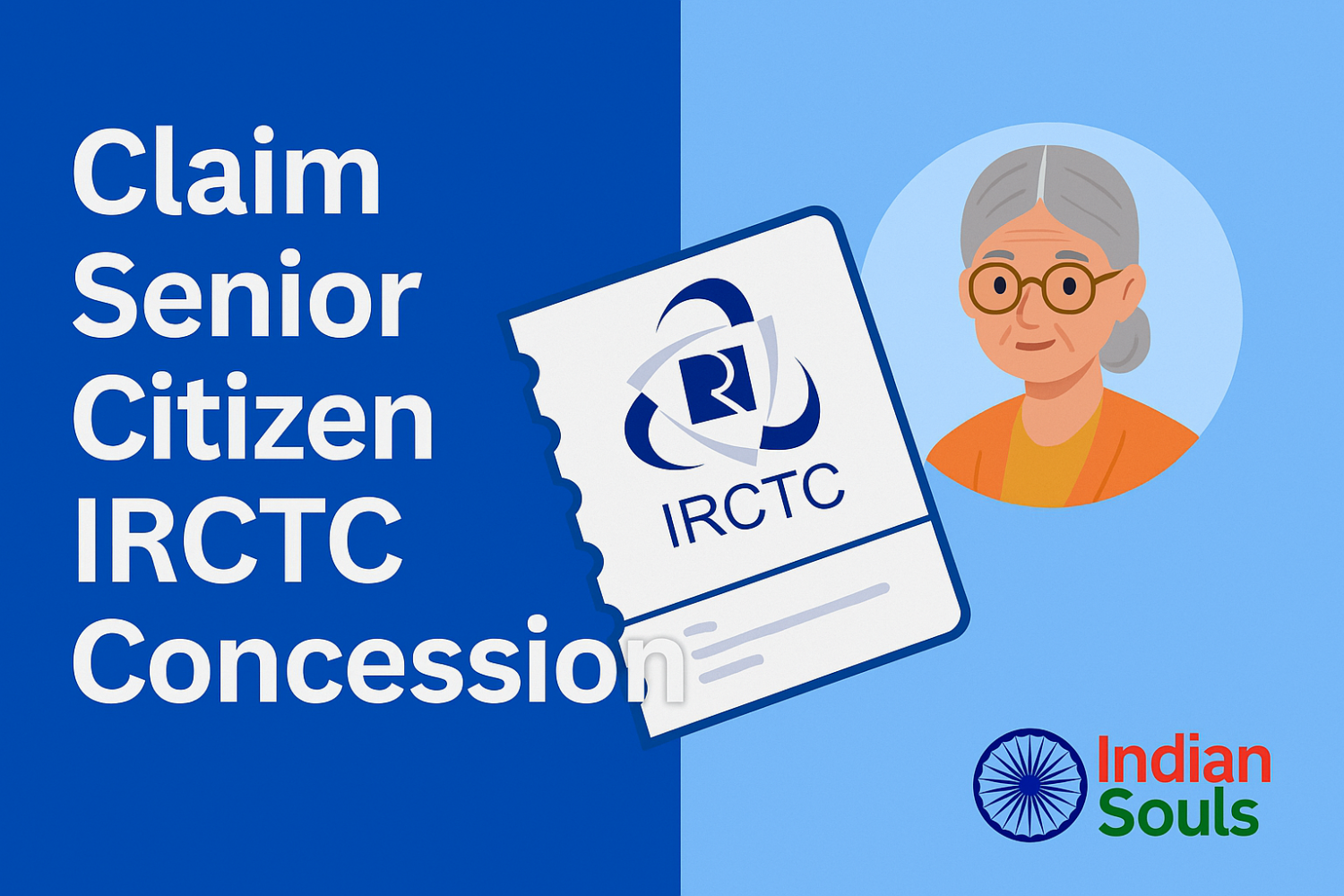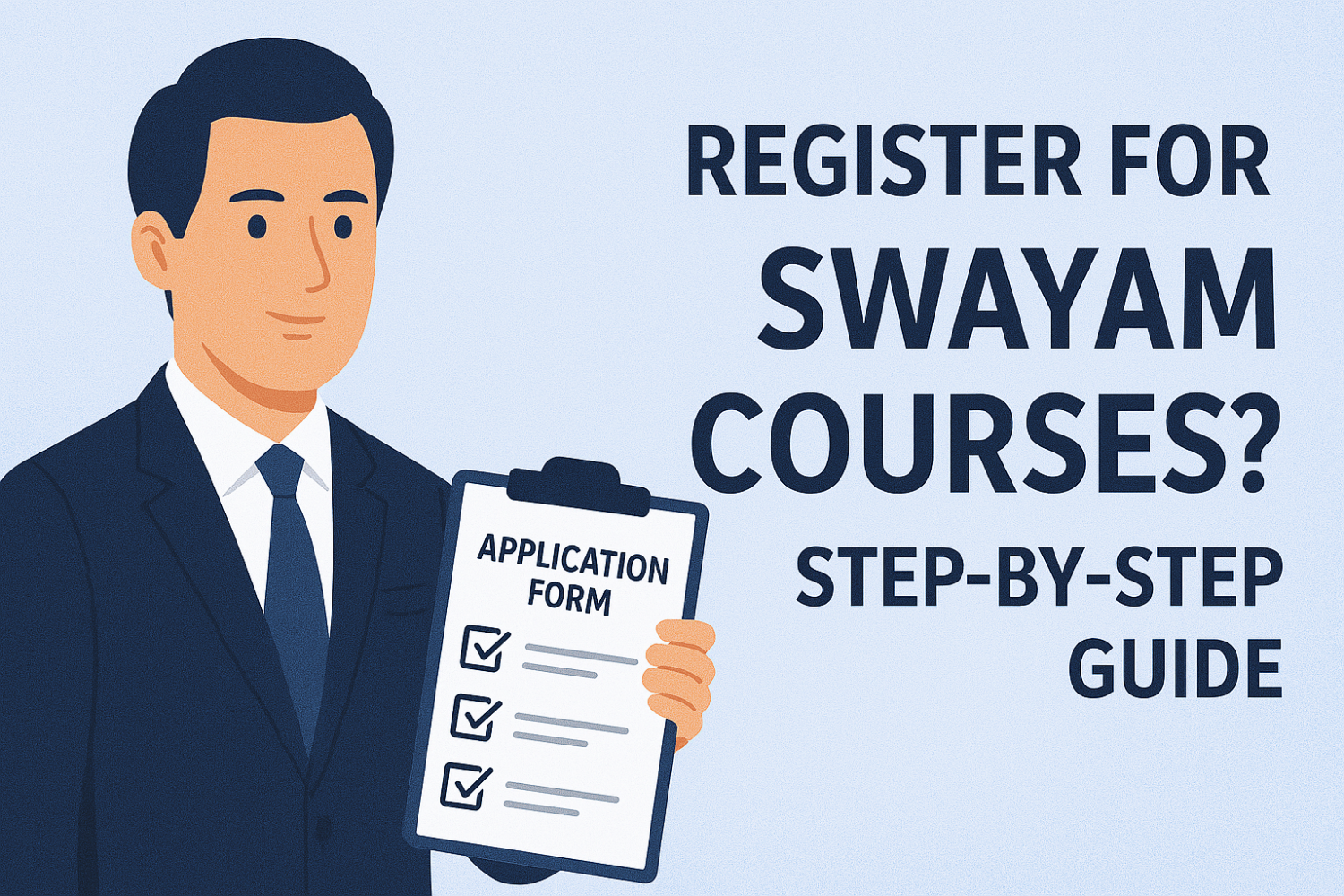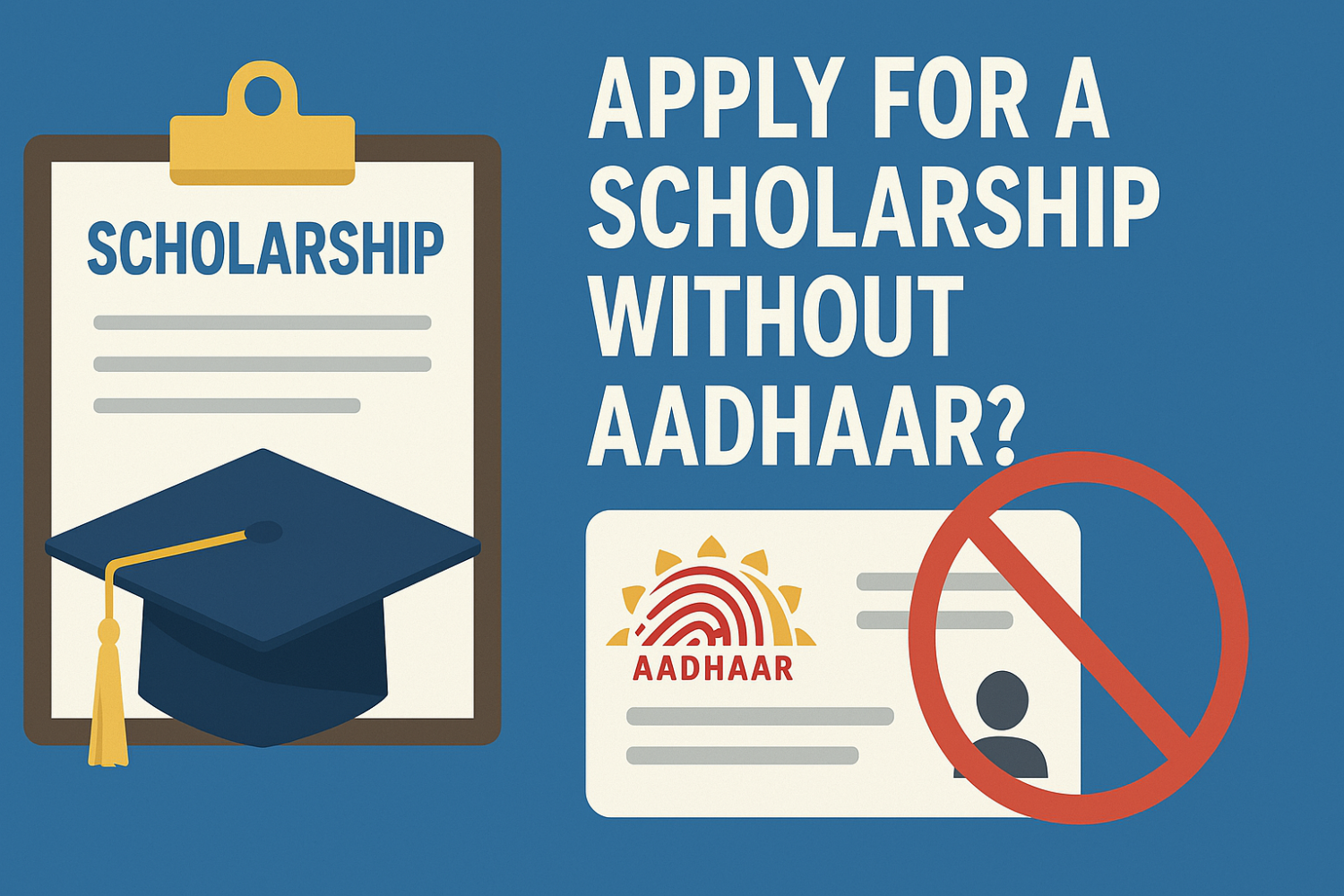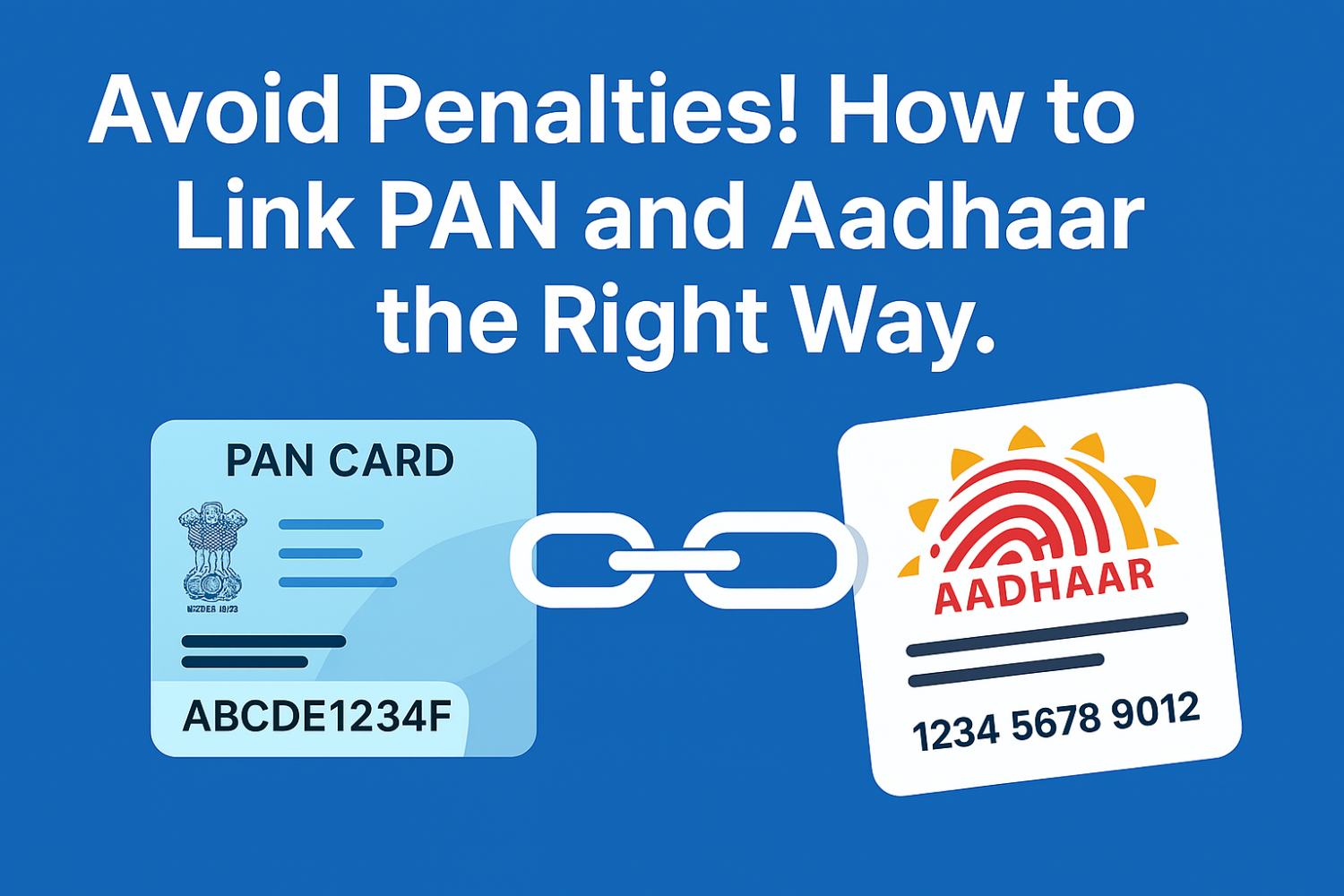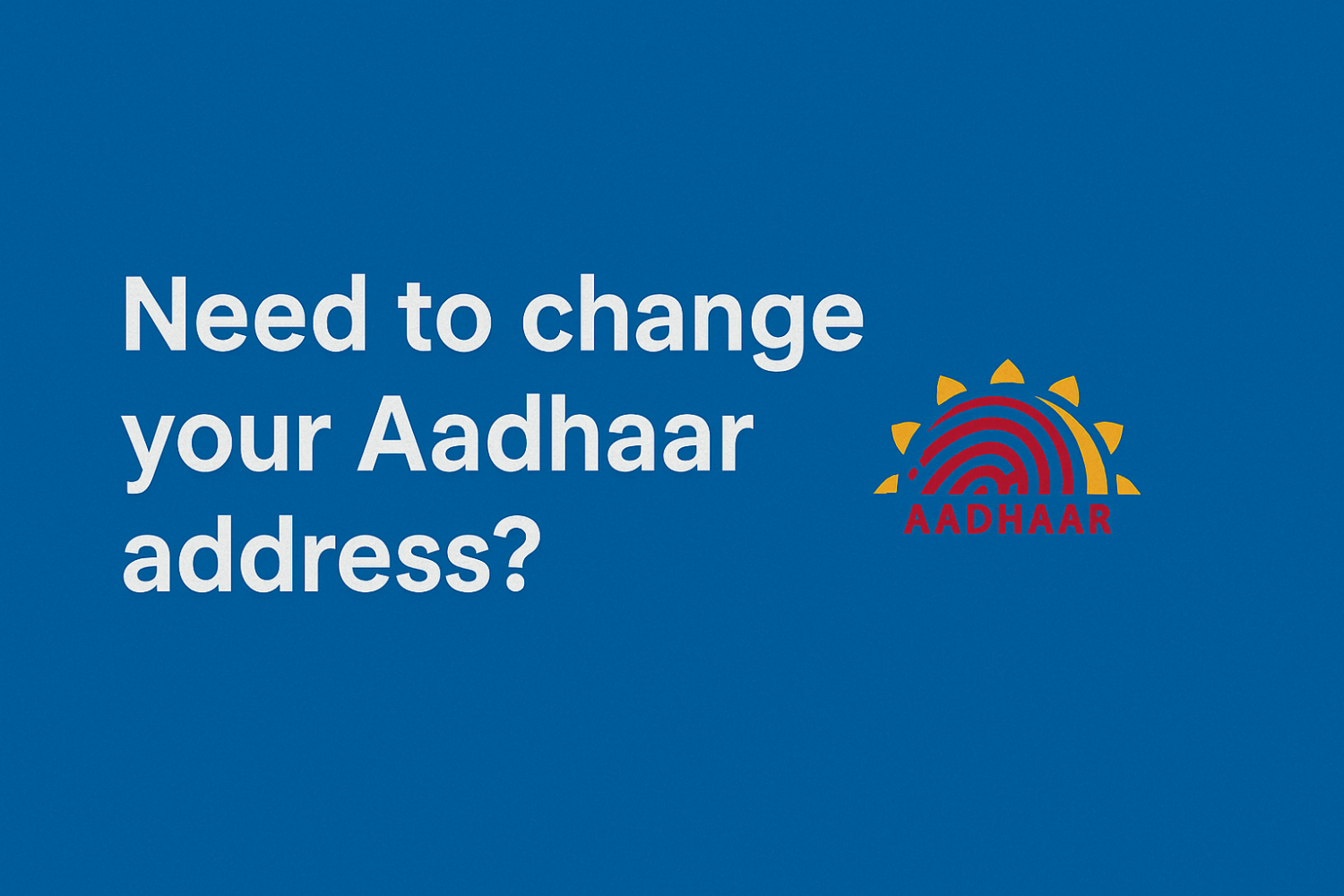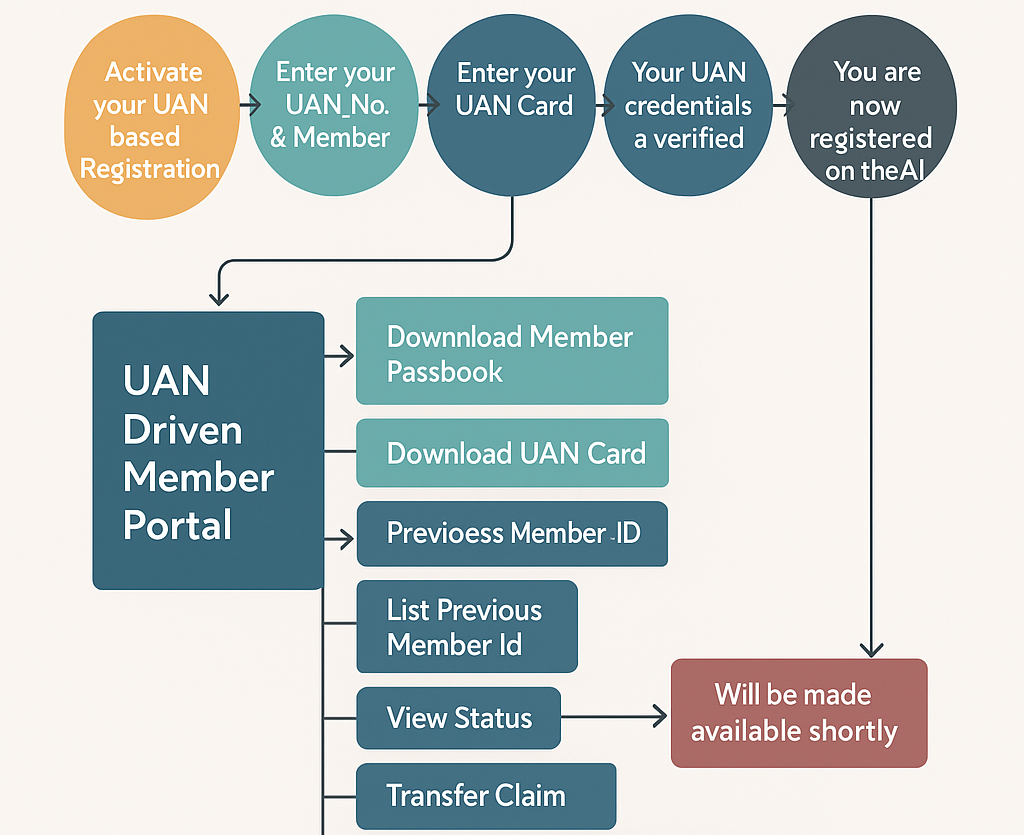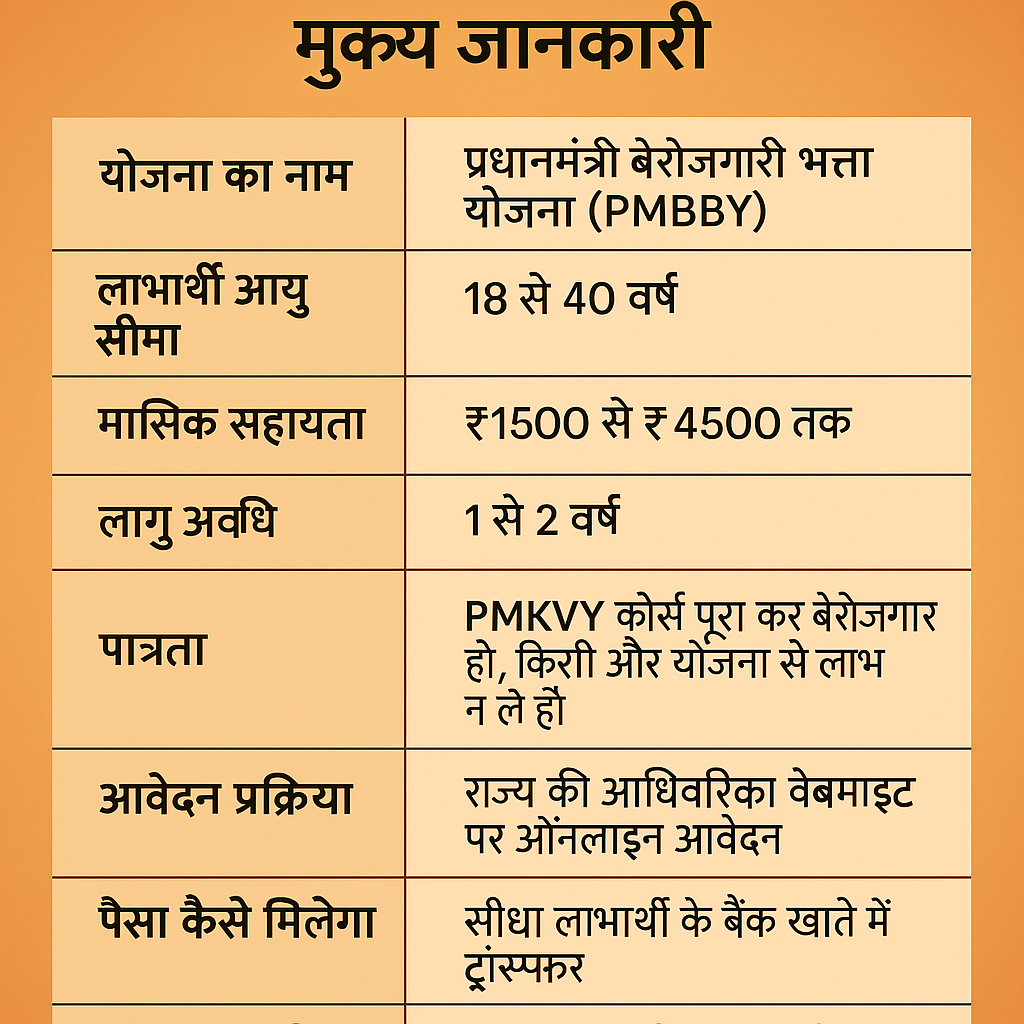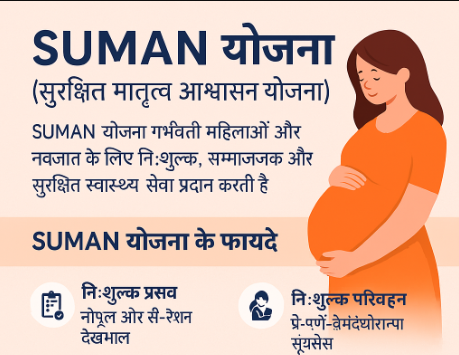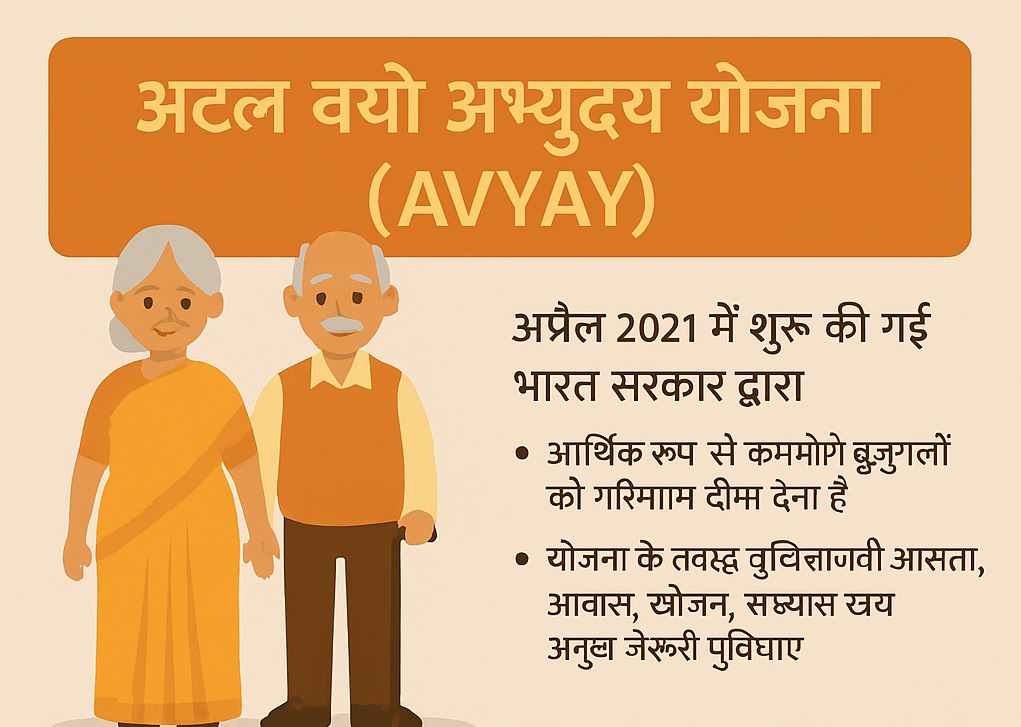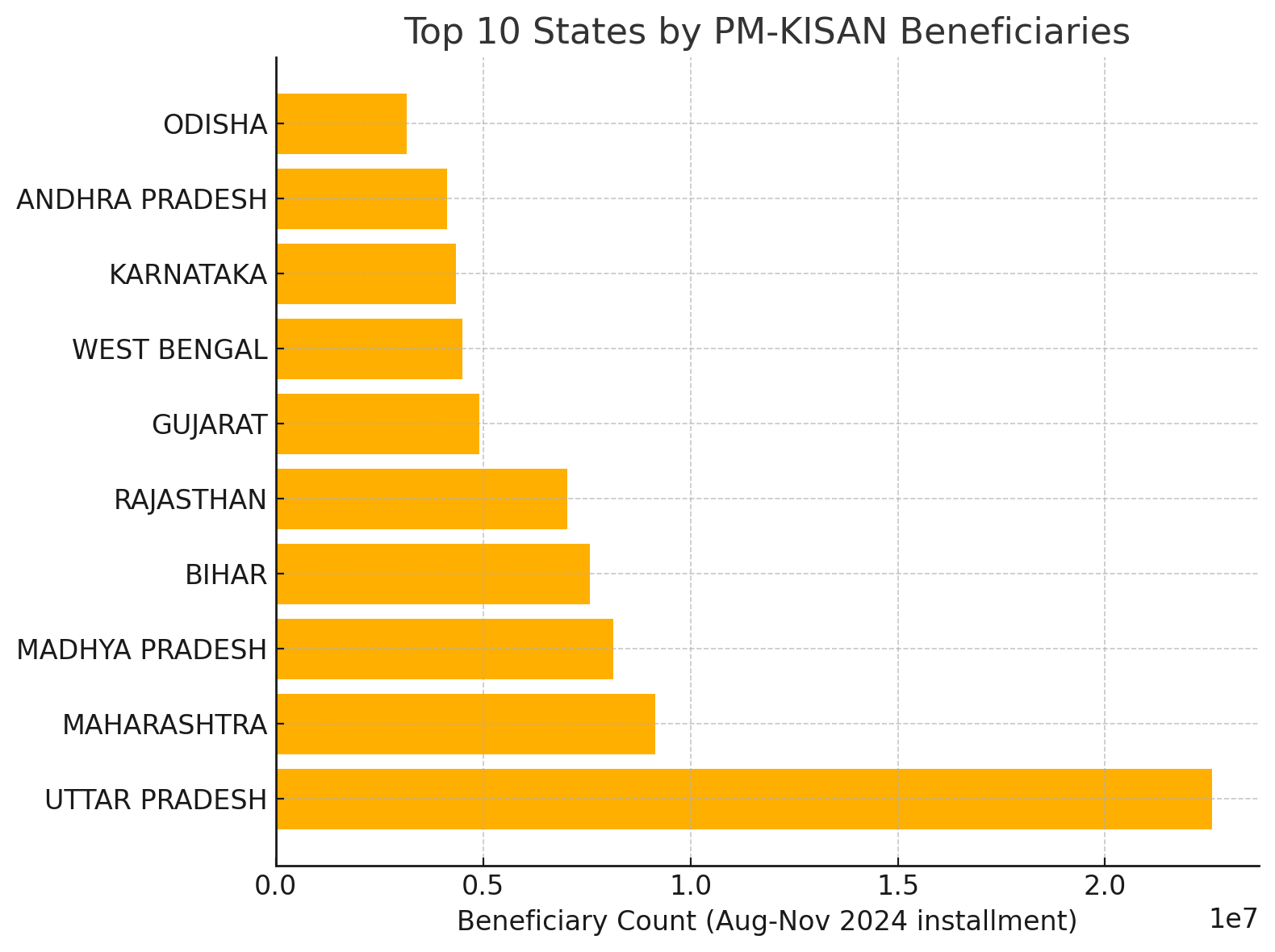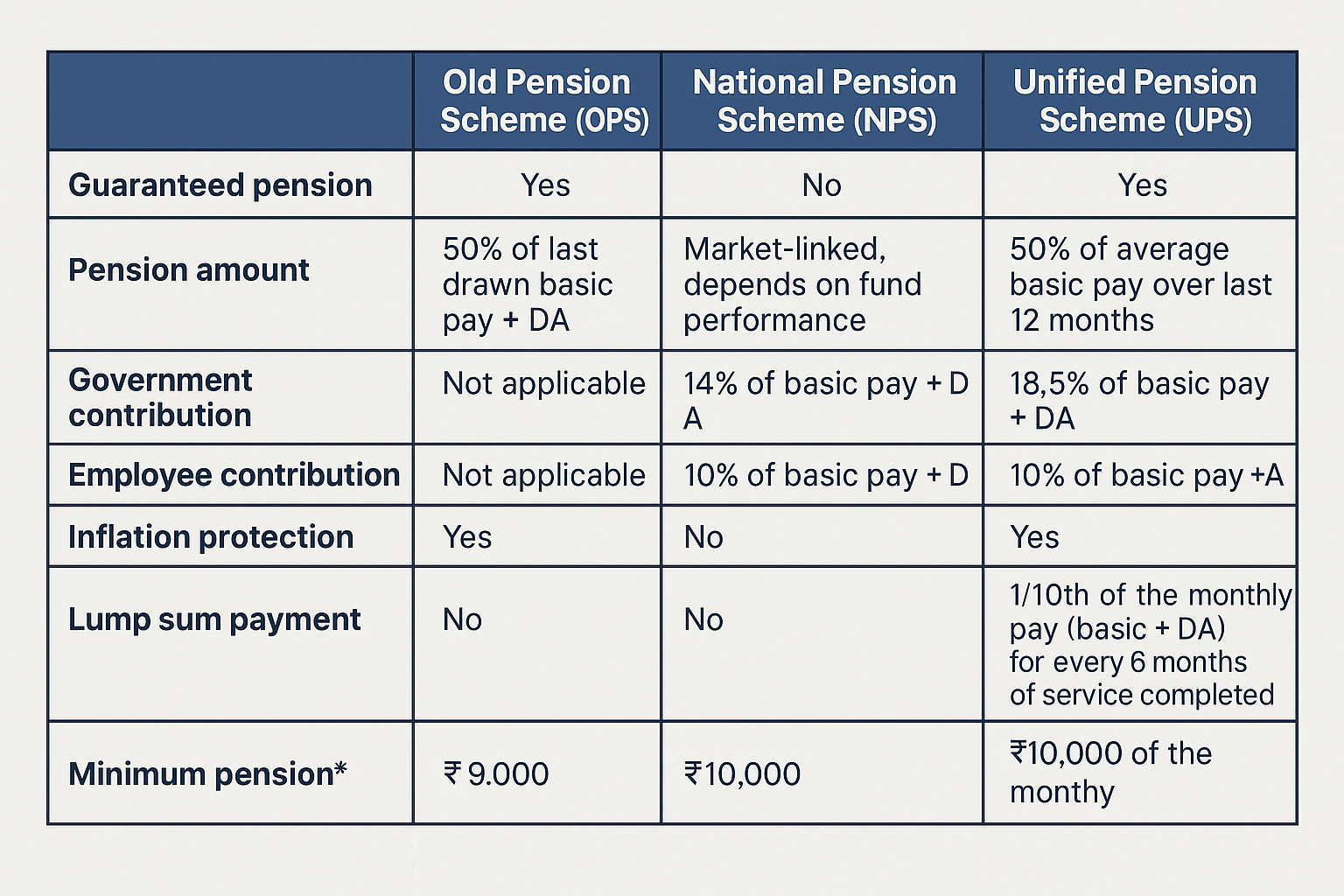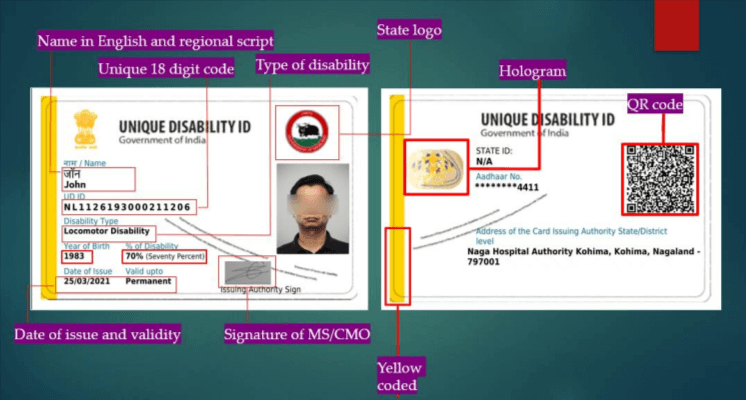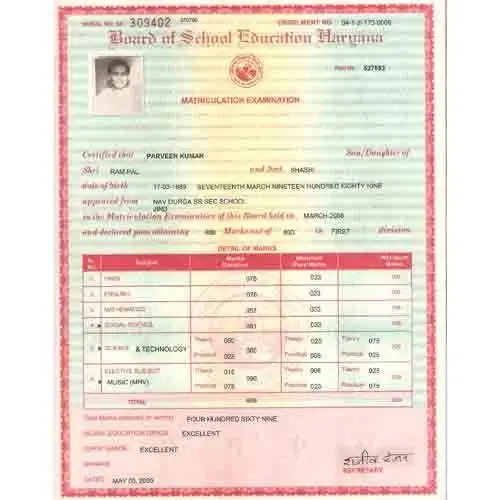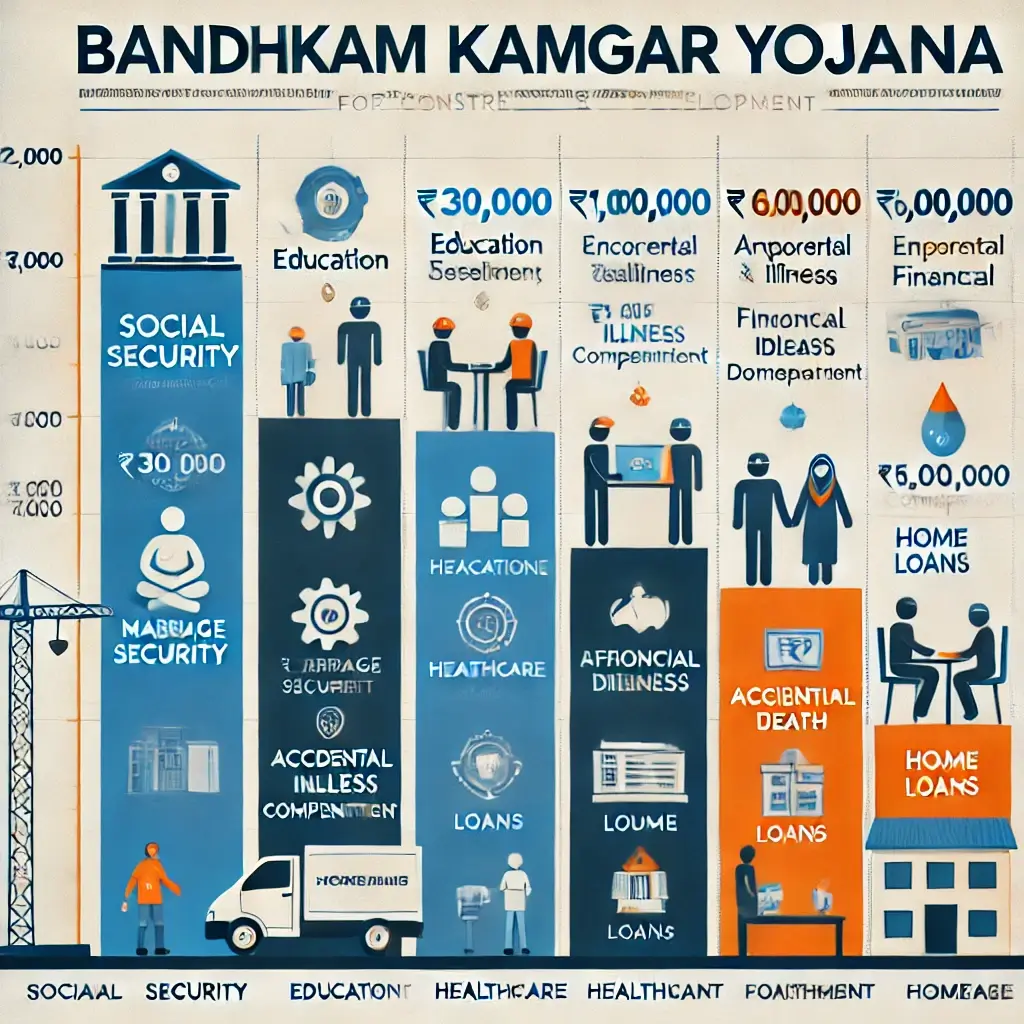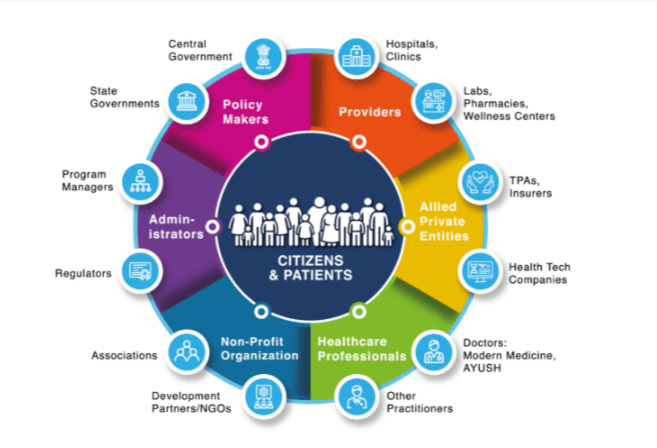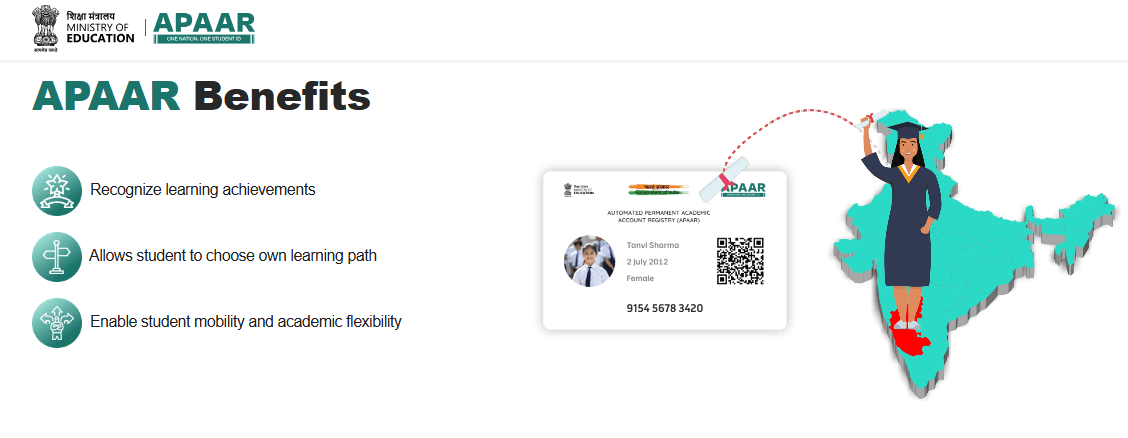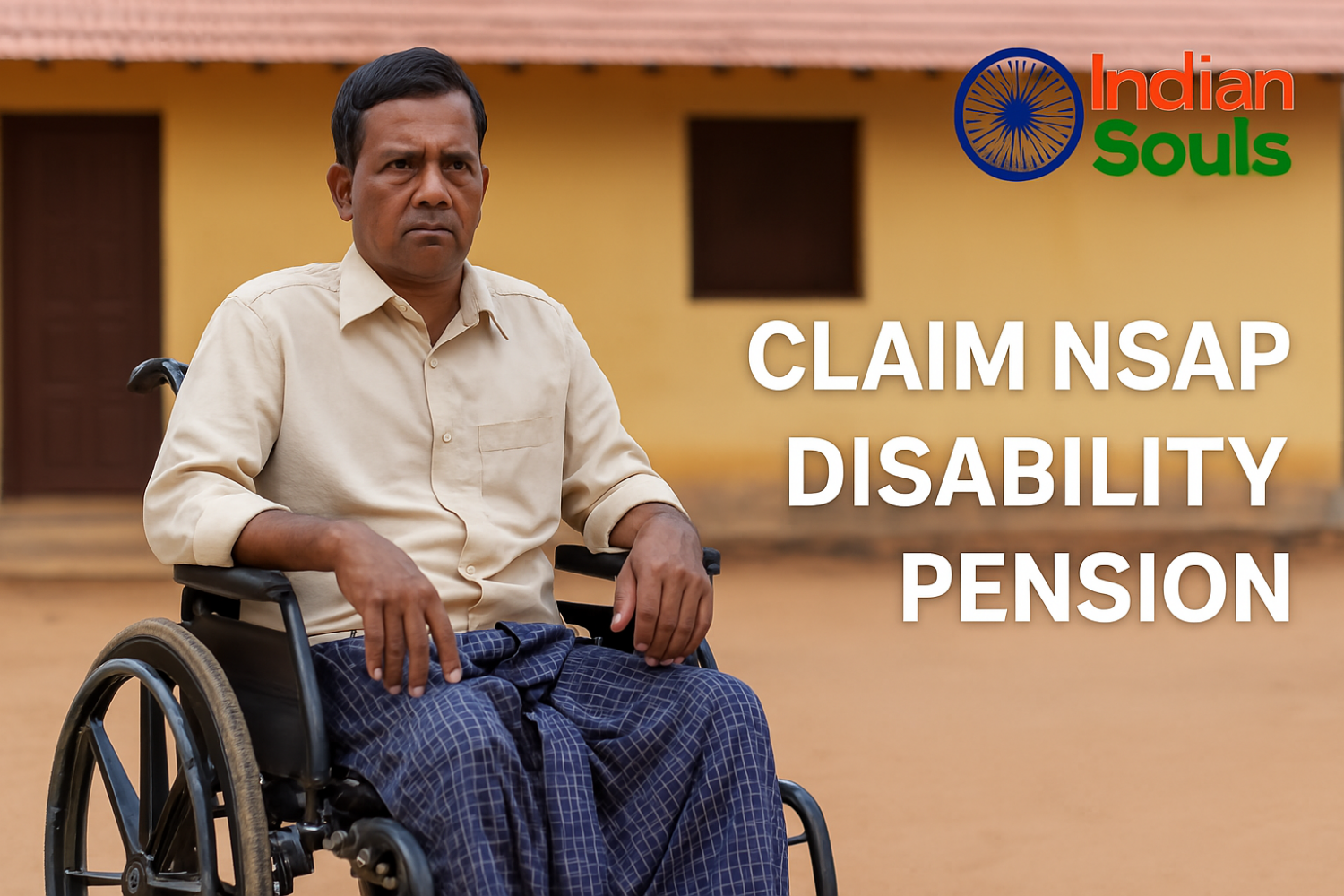
This content was recently updated by Sudhir Singh on May 1, 2025 to improve accuracy.
Want to claim NSAP disability pension? Discover a practical, step-by-step guide to help you understand eligibility, the application process, challenges, and how this benefit boosts social inclusion.
Understanding NSAP and Its Disability Pension Component
When it comes to ensuring the welfare of marginalized citizens, the Government of India introduced a safety net known as the National Social Assistance Programme (NSAP).
Launched in 1995, NSAP provides financial support to the elderly, widows, and persons with disabilities who fall below the poverty line. One of the crucial pillars of this welfare scheme is the Indira Gandhi National Disability Pension Scheme (IGNDPS), aimed specifically at supporting disabled individuals.
NSAP is centrally sponsored but implemented through state governments, ensuring uniformity in policy with flexibility in execution. While the overarching framework is the same, the actual disbursement and facilitation can vary from state to state, making it essential to understand your local procedures thoroughly.
Under IGNDPS, eligible individuals receive a monthly pension amount which may vary between ₹300 to ₹1000 or more, depending on the state government’s contribution.
The financial aid might seem modest, but for many, it offers a lifeline—covering necessities, medicines, or transportation costs.
What is NSAP, and Who Manages It?
The Ministry of Rural Development oversees the NSAP, ensuring coordination with respective states. Funds are released directly to state governments or implementing agencies, which are responsible for verifying beneficiaries and disbursing pensions.
Overview of Disability Pension under NSAP
IGNDPS is tailored for citizens with a benchmark disability of 80% or more, aged between 18 to 59 years, and who are living below the poverty line (BPL). The goal is to promote social justice and inclusion by helping the differently-abled lead more dignified lives.
Eligibility Criteria to Claim NSAP Disability Pension
Before you proceed to claim NSAP disability pension, understanding the eligibility requirements is critical. While NSAP ensures basic uniformity across the country, there might be subtle variations in documentation and verification processes depending on the state.
Who Qualifies as a Beneficiary?
To qualify for the IGNDPS under NSAP:
- Age: Must be between 18–59 years
- Disability: At least 80% certified disability
- Income Status: Must belong to a BPL household
- Nationality: Must be a citizen of India
- Residential Status: Should be a permanent resident of the respective state
This disability may include physical, mental, or sensory impairments. Certification is typically issued by a district medical board or a government hospital.
Required Documentation and Proof of Disability
Applicants need to furnish the following documents:
- Disability certificate from an authorized medical officer
- Age proof (Aadhaar card, birth certificate, voter ID)
- BPL ration card or proof of inclusion in the BPL list
- Residential proof
- Passport-sized photographs
- Duly filled pension application form
States may require additional documents like bank account details, income certificates, or local authority attestation, so it’s important to check your state government portal.
Step-by-Step Process to Claim NSAP Disability Pension
Now that we’ve covered eligibility, let’s walk through how to claim NSAP disability pension, both via online and offline modes.
How to Apply Online and Offline
Online Process:
- Visit the State NSAP Portal or Common Services Portal
Most states offer e-governance portals (like Seva Sindhu in Karnataka or SSPY in Uttar Pradesh). - Register/Login
Create an account using your Aadhaar number or mobile OTP verification. - Fill the Application Form
Provide accurate personal, income, and disability details. - Upload Required Documents
Scan and upload disability certificate, ID proof, and other relevant paperwork. - Submit and Track
Apply and note down the acknowledgment number to track status.
Offline Process:
- Collect Application Form
Available at Gram Panchayat offices, municipal offices, or Social Welfare Departments. - Fill in Manually and Attach Documents
Include all required paperwork and ensure clarity. - Submit to Local Authority
Submit to the Panchayat Secretary, Municipal Officer, or Block Development Officer. - Verification and Approval
Field verification will be conducted before sanctioning the pension.
Role of State and District Authorities
Once submitted, your application will be scrutinized by the Block Level Committee or District Social Welfare Officer. Upon approval, the pension is disbursed directly into the applicant’s bank or post office account under Direct Benefit Transfer (DBT).
Challenges and Solutions in Accessing Disability Pensions
While the NSAP is well-intentioned, the reality on the ground is not always smooth sailing. Several structural and social issues can obstruct access to this crucial benefit.
Common Issues Faced by Applicants
- Lack of Awareness: Many eligible citizens are unaware of their rights or the application process.
- Bureaucratic Delays: Paperwork may be held up due to missing documents or inter-departmental approvals.
- Technical Glitches: Online portals may not function reliably in rural areas.
- Corruption or Mismanagement: Allegations of bribes for approvals still surface in some districts.
- Difficulty Accessing Certification: Medical boards can be far away or require multiple visits.
Legal and Social Remedies Available
Thankfully, multiple pathways can help overcome these obstacles:
- Right to Information (RTI): Applicants can file an RTI to know the status of their application.
- District Disability Officers: Approach them directly to address delays or misconduct.
- NGO Support: Organizations like the National Centre for Promotion of Employment for Disabled People (NCPEDP) often assist with filing and follow-ups.
- Legal Aid Clinics: Free legal help is available for those whose applications are unfairly denied.
Boosting Social Inclusion through Disability Benefits
At its core, the disability pension under NSAP is not just a welfare initiative—it’s a step toward equal opportunity. The financial support fosters a sense of security and independence.
How NSAP Disability Pension Improves Lives
Many beneficiaries use their pensions to:
- Pay for medical treatments and daily necessities
- Attend vocational training
- Reduce dependency on caregivers or family members
This often leads to greater confidence and social interaction, which in turn builds better community integration.
Government and NGO Initiatives Enhancing Outreach
Besides NSAP, several schemes work synergistically:
- Accessible India Campaign (Sugamya Bharat Abhiyan)
- Deendayal Disabled Rehabilitation Scheme
- Skill training under PMKVY for disabled youth
NGOs also run mobile camps for certification, awareness drives, and community monitoring to ensure better coverage.
FAQs
What is the age limit to claim the NSAP disability pension?
Applicants must be between 18 to 59 years old to be eligible under IGNDPS.
Is Aadhaar mandatory to apply for NSAP disability pension?
Yes, Aadhaar is required for identity verification and Direct Benefit Transfer, although alternate proof may be temporarily accepted in special cases.
How long does it take for the pension to start after application?
Generally, it may take 1 to 3 months, depending on the speed of document verification and fund allocation.
Can the pension amount vary from state to state?
Yes, while the central government contributes ₹300, states may add more. For example, Delhi offers a higher amount than many rural states.
What if I don’t have a disability certificate yet?
You can apply for a certificate through a government hospital or medical board. Without it, your application won’t be processed.
Where can I track my application status?
Track your status via your state’s NSAP portal or by visiting your local block or municipal office with your acknowledgment number.
Conclusion
To claim NSAP disability pension is not just about paperwork—it’s a step toward empowerment, dignity, and social inclusion. Despite challenges, millions of citizens have benefited from this scheme and used it as a springboard toward a better life.
By understanding your eligibility, preparing the right documents, and navigating the application process with clarity, you can secure this essential support. Whether you choose to apply online or offline, persistence is key. And remember, you’re not alone. NGOs, social welfare officers, and legal aid centers are here to help.
If you’re ready to begin your application or help someone else, visit your state NSAP portal today or reach out to your nearest Panchayat office.


